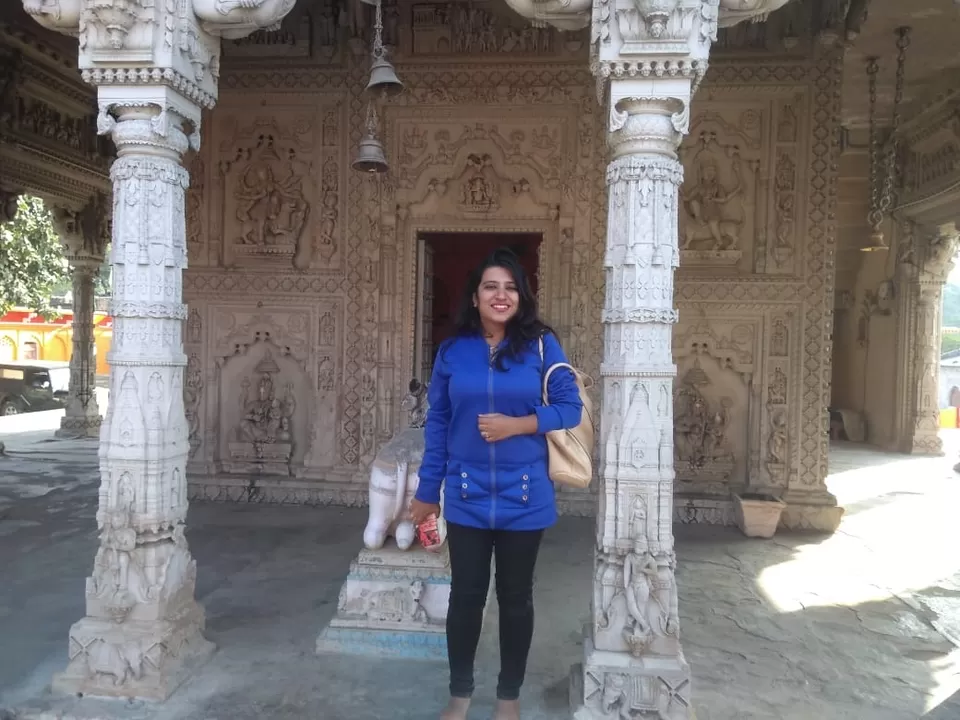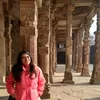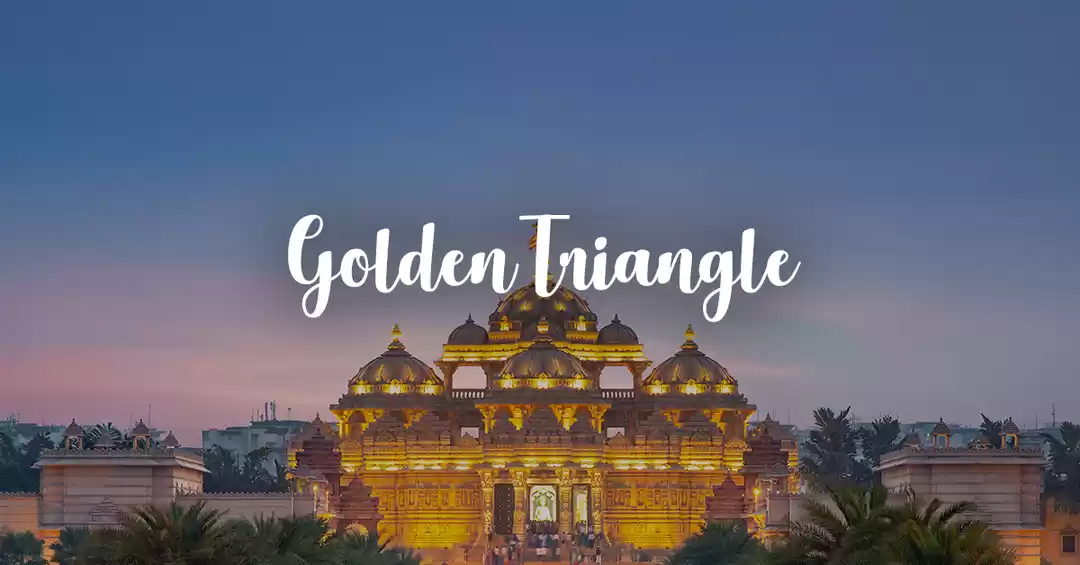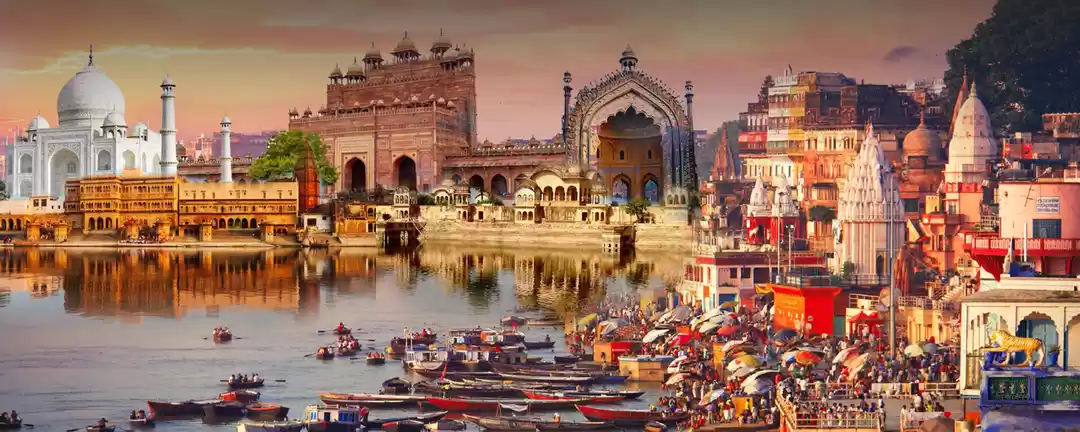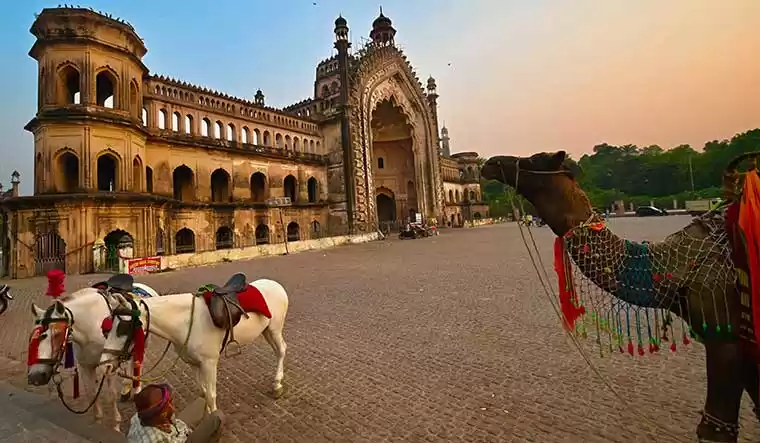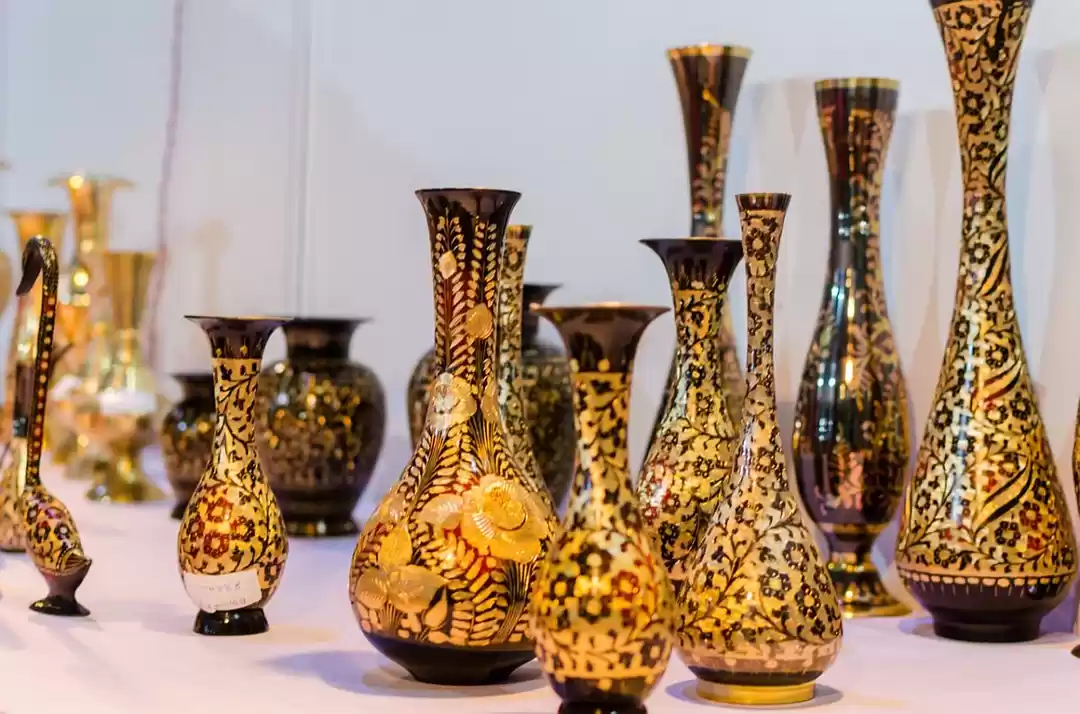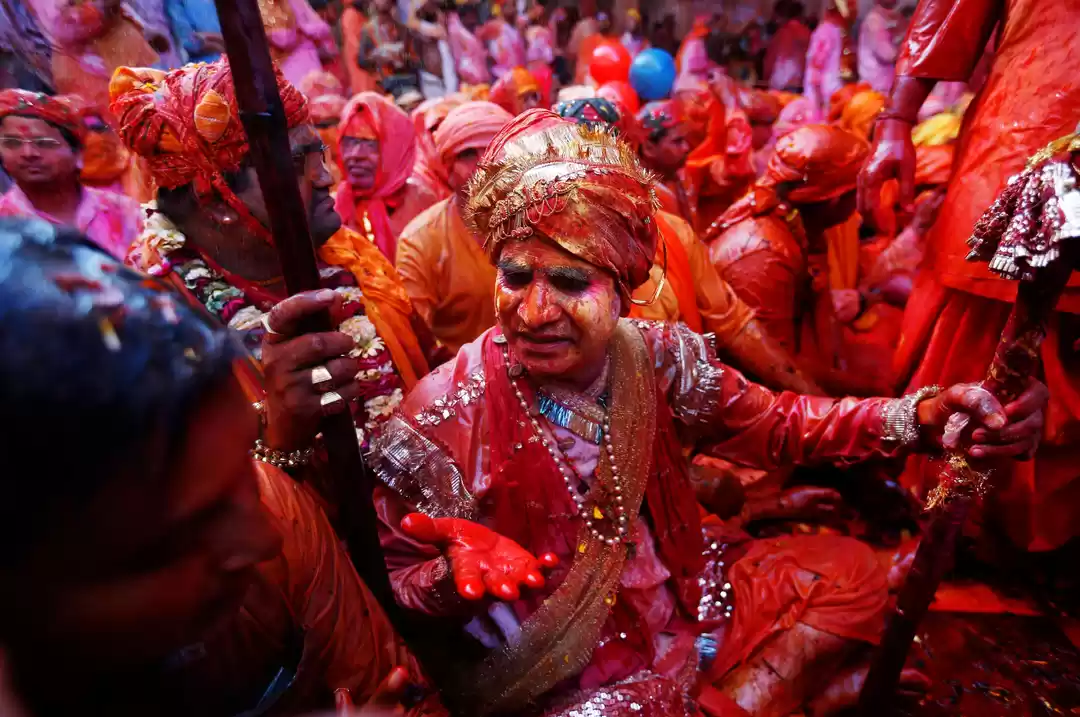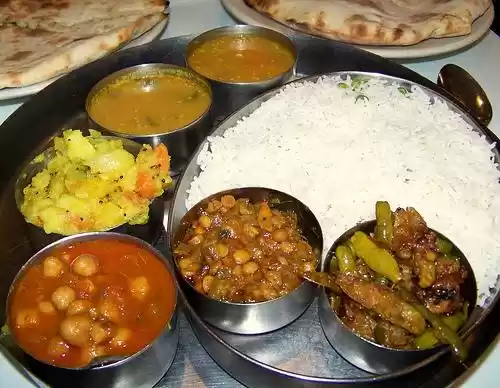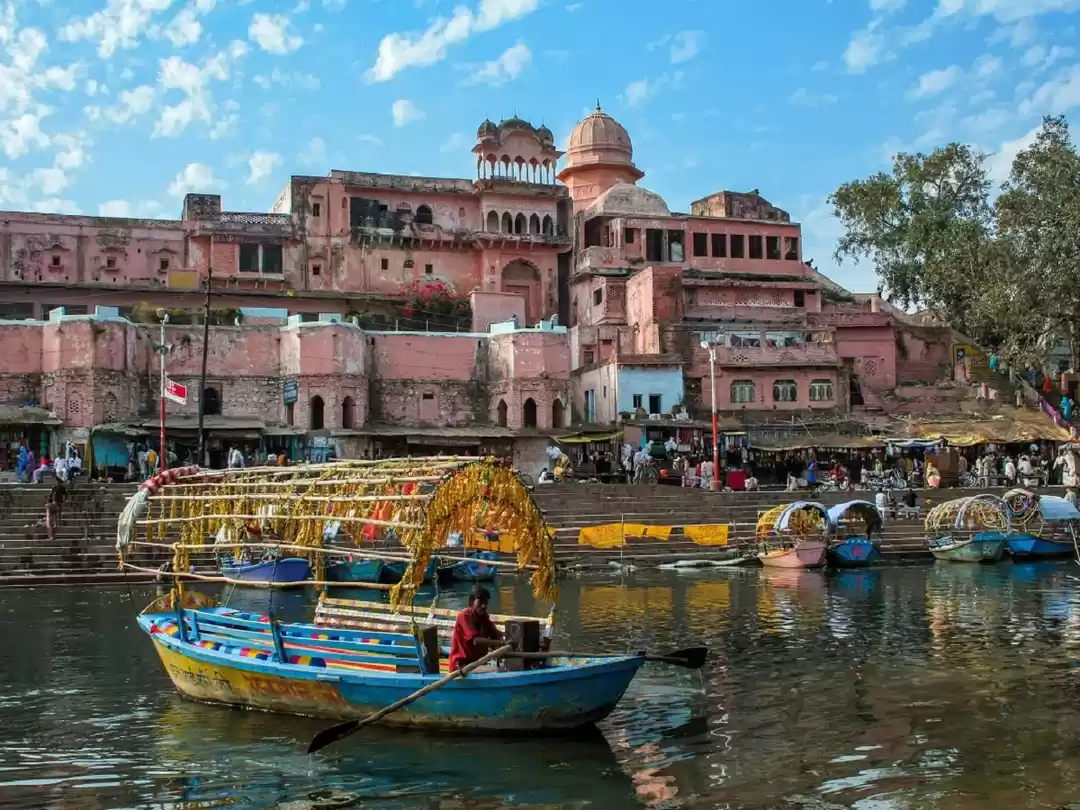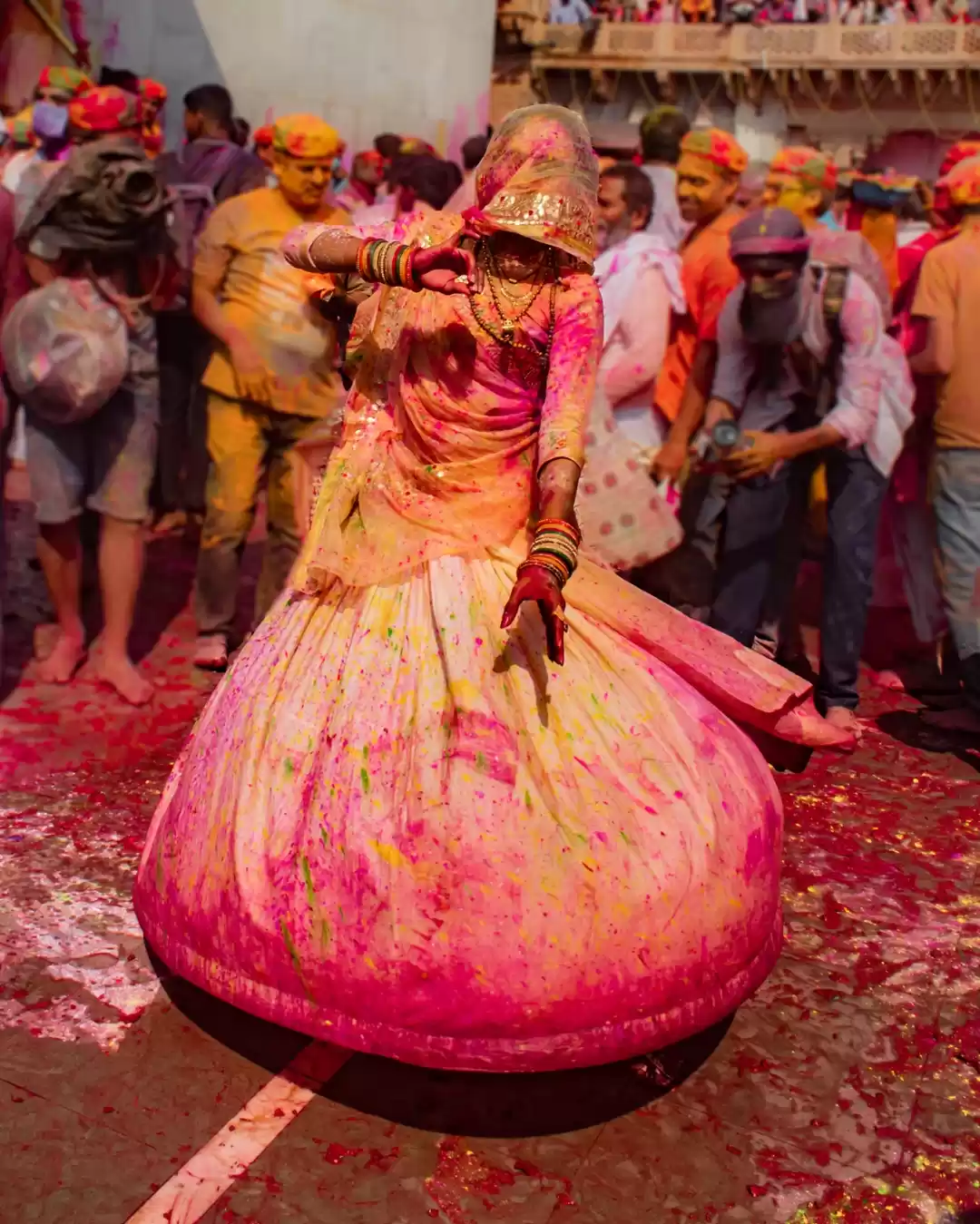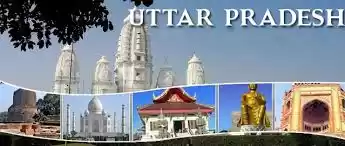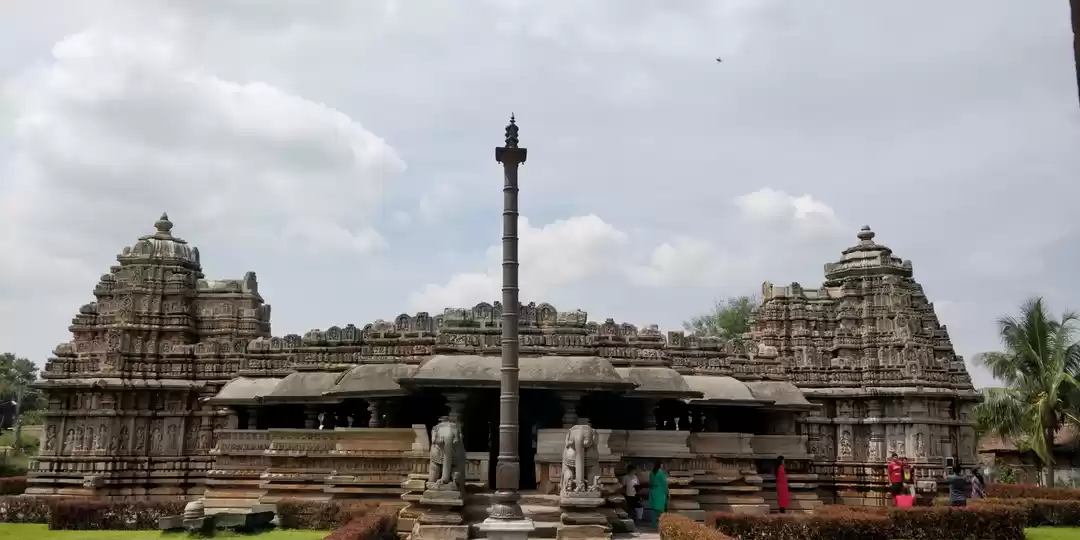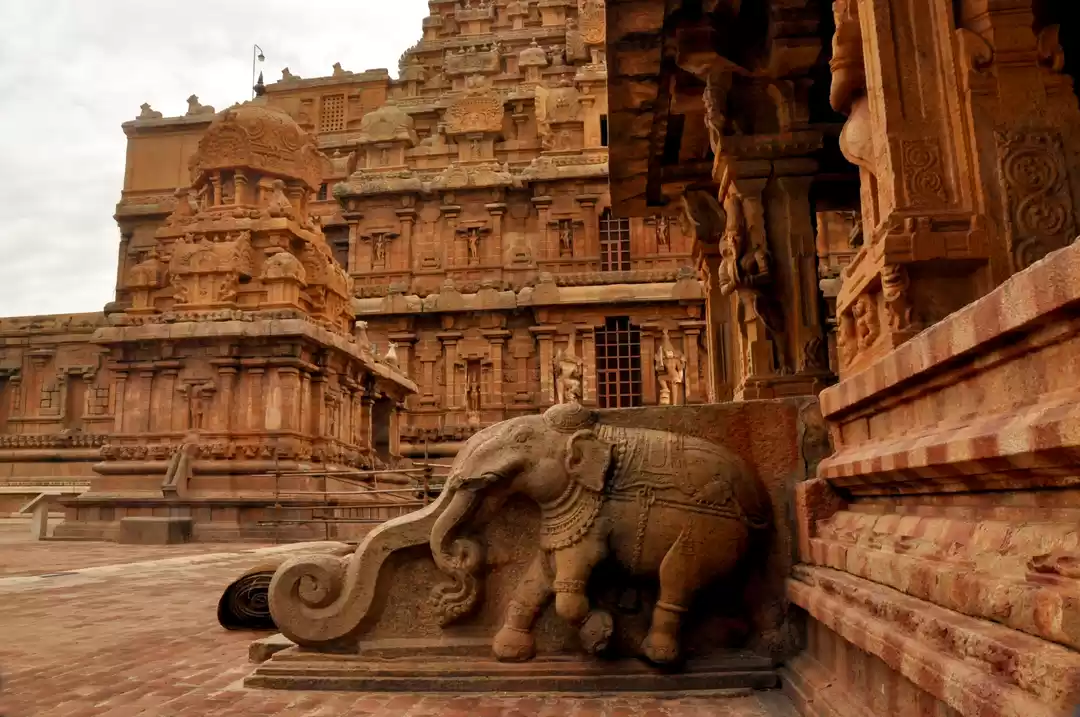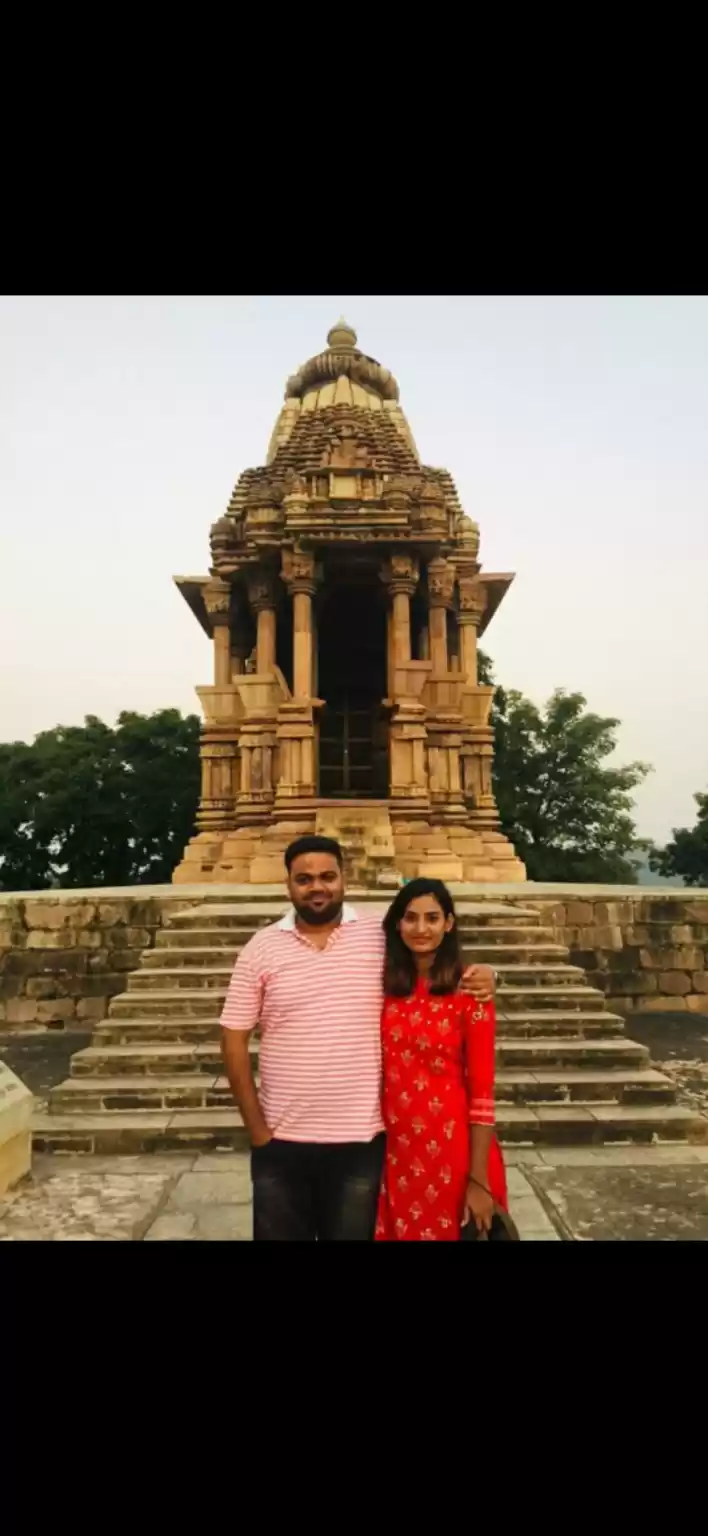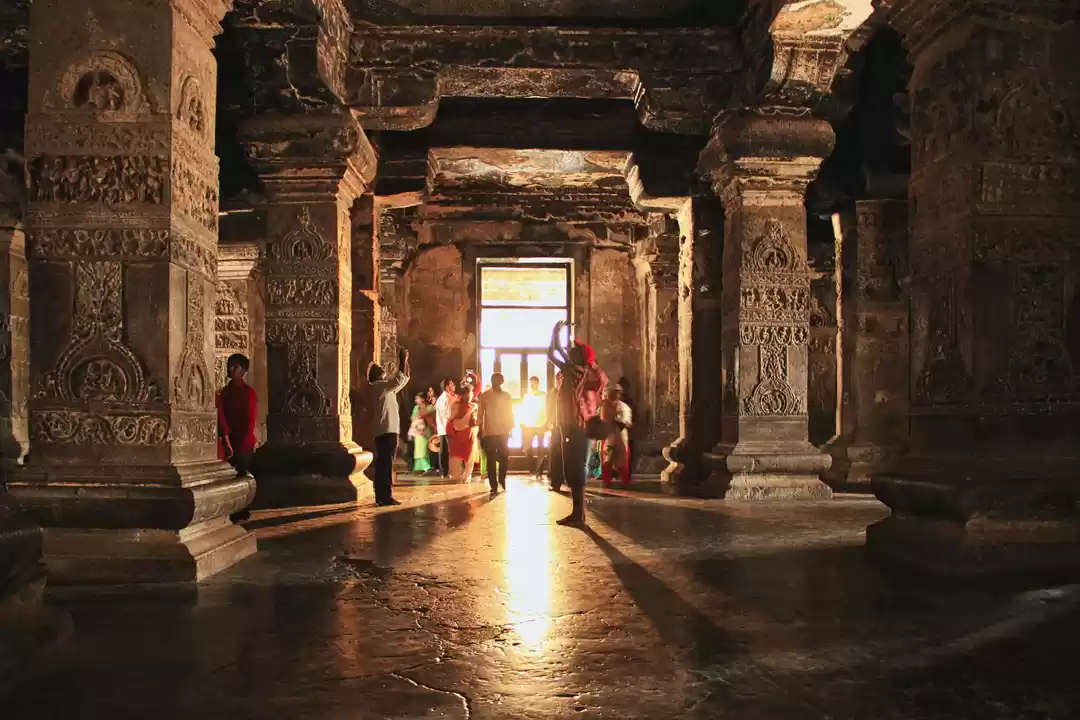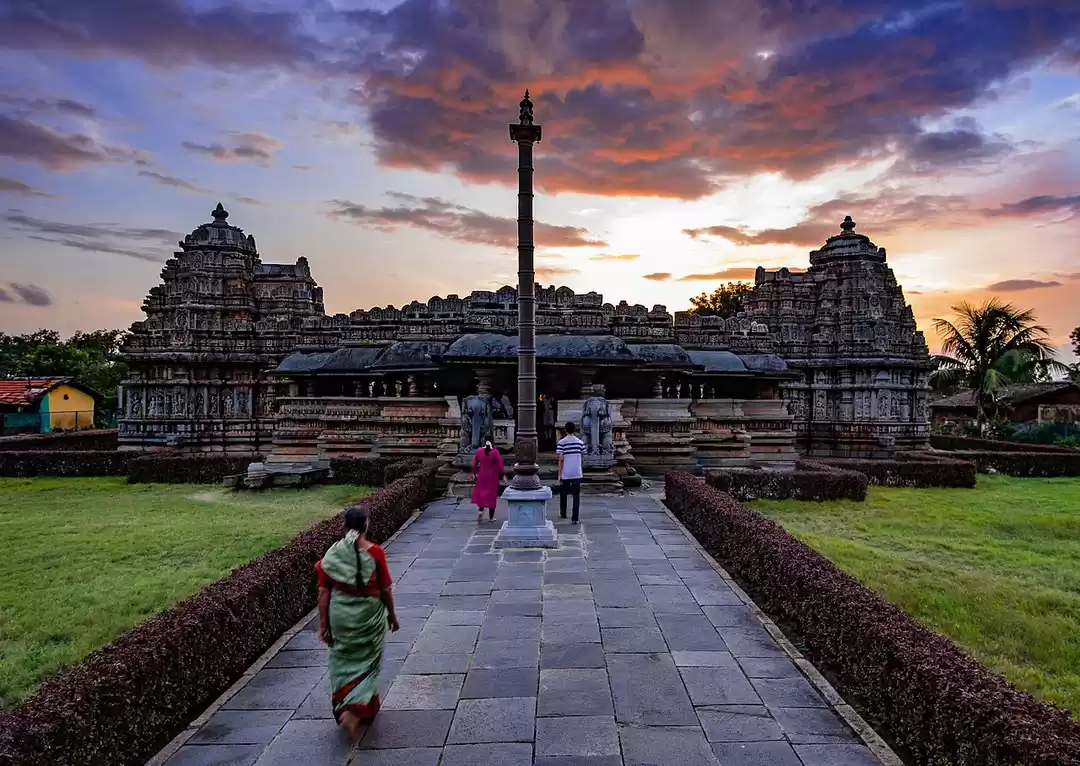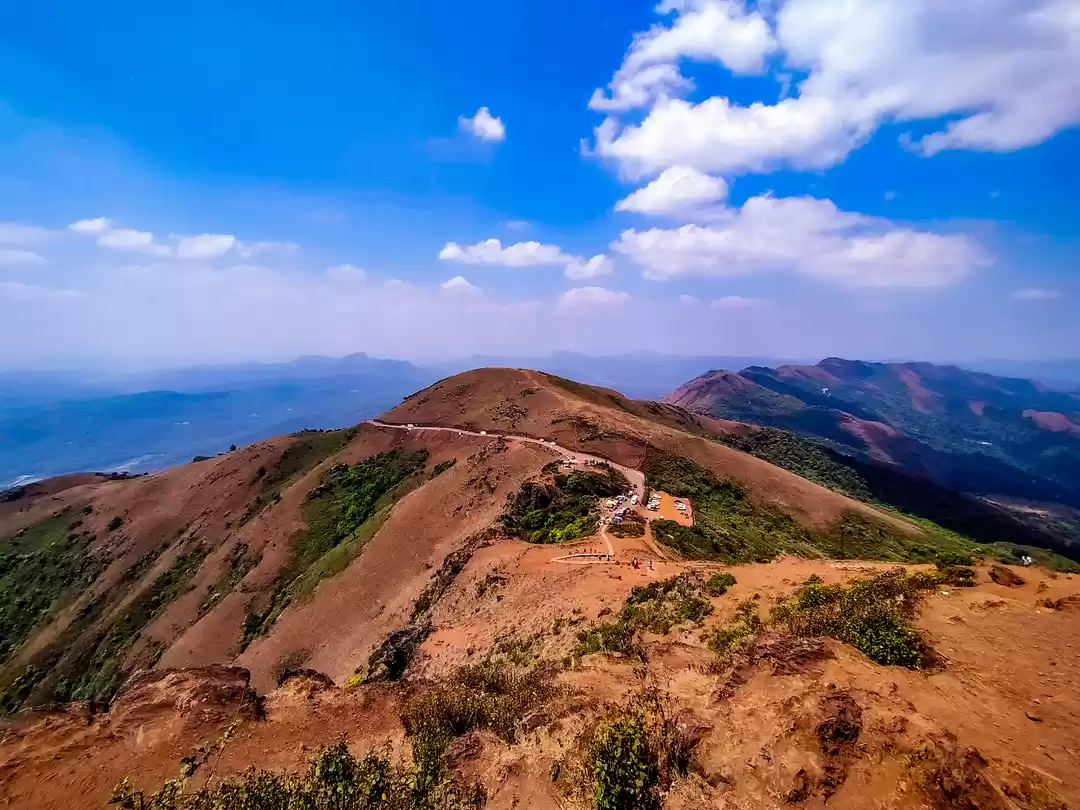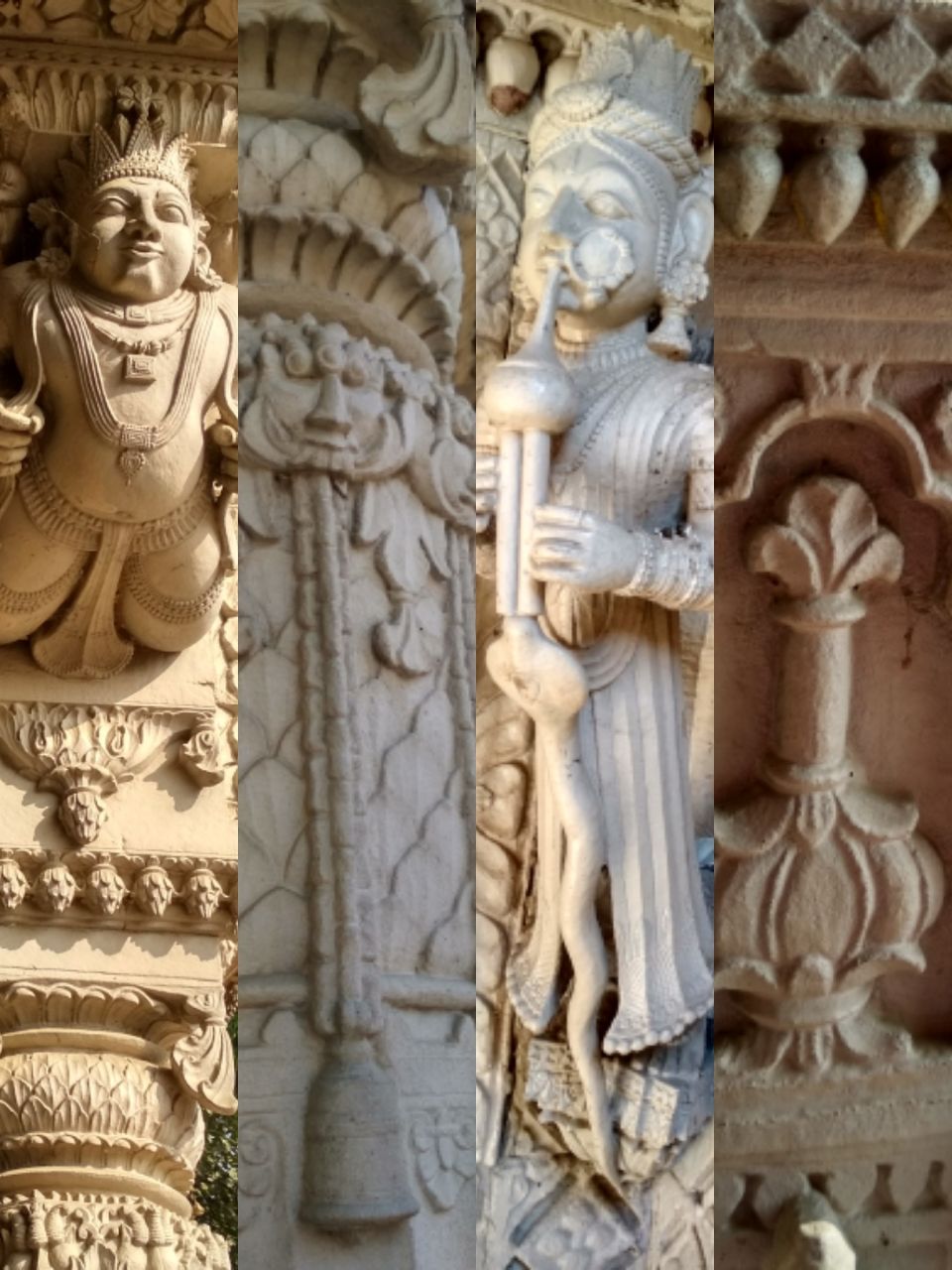
Hidden in plain sight on the Banks of river Ganga is an architectural marvel craves for recognition. The Holy City of Prayagraj never fails to awe one with its confluence of beauty, culture and history (here, also, symbolically represented by Ganga, Yamuna and Saraswati respectively). And Gangoli Shivala is one such noteworthy attraction.
Standing on the eastern bank of Ganga, the temple Gangoli Shivala stands as a testimony to Indian Hindu architecture parallel to the time of construction of TajMahal. It is believed that the artisans who carved this Temple out shared blood with those who had spent years building the TajMahal.
The Akshardham group of temples pride themselves for reviving the long lost architecture of Hinduism. However, not much heed is payed to this temple that still preserves the roots of its origin. Although the place is like a sonnet when compared to the epic grandiose of Akshardham group of temples, it's historical importance is noteworthy.
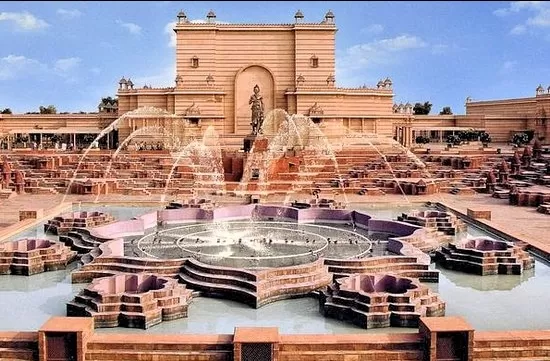
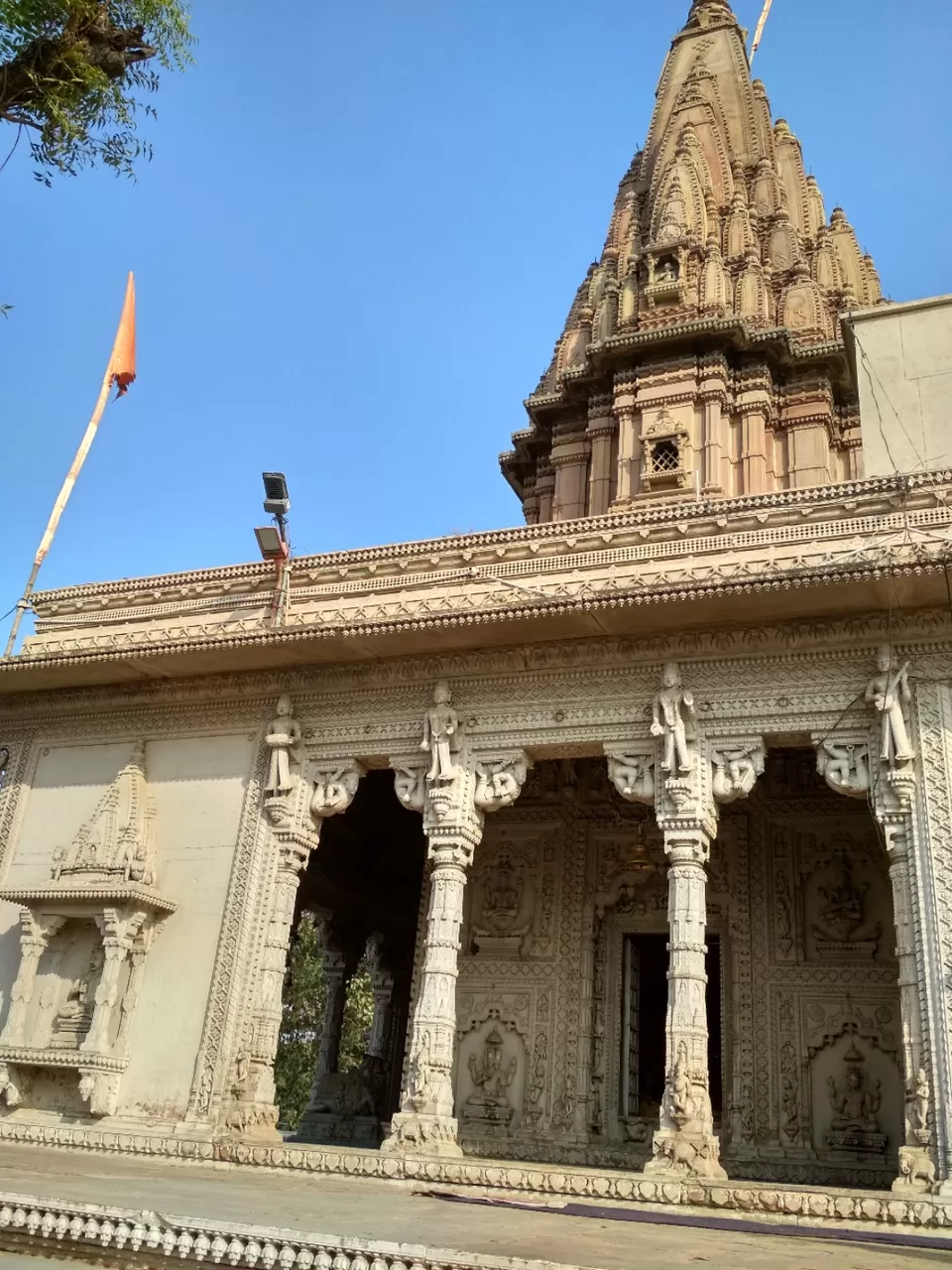
The architecture of both these places is comparable. The walls are etched with the idols of various Gods and Goddesses. The outside of the temples are carved with the sculptures of Yakshas, minor gods and devotees relevant in Hinduism. One of the essentials in Hindu temples is the bell that is also carved on pillars at both these places.
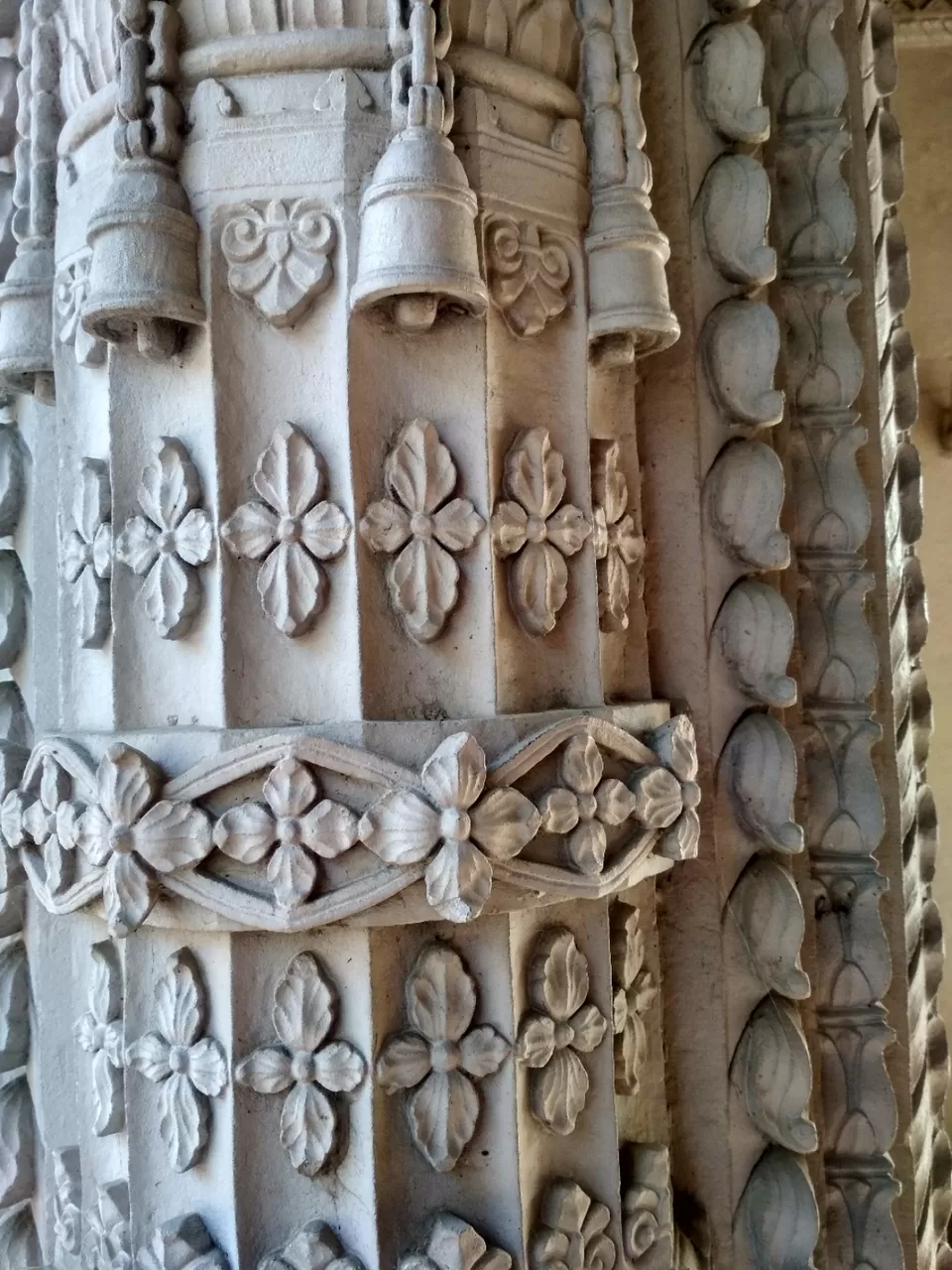
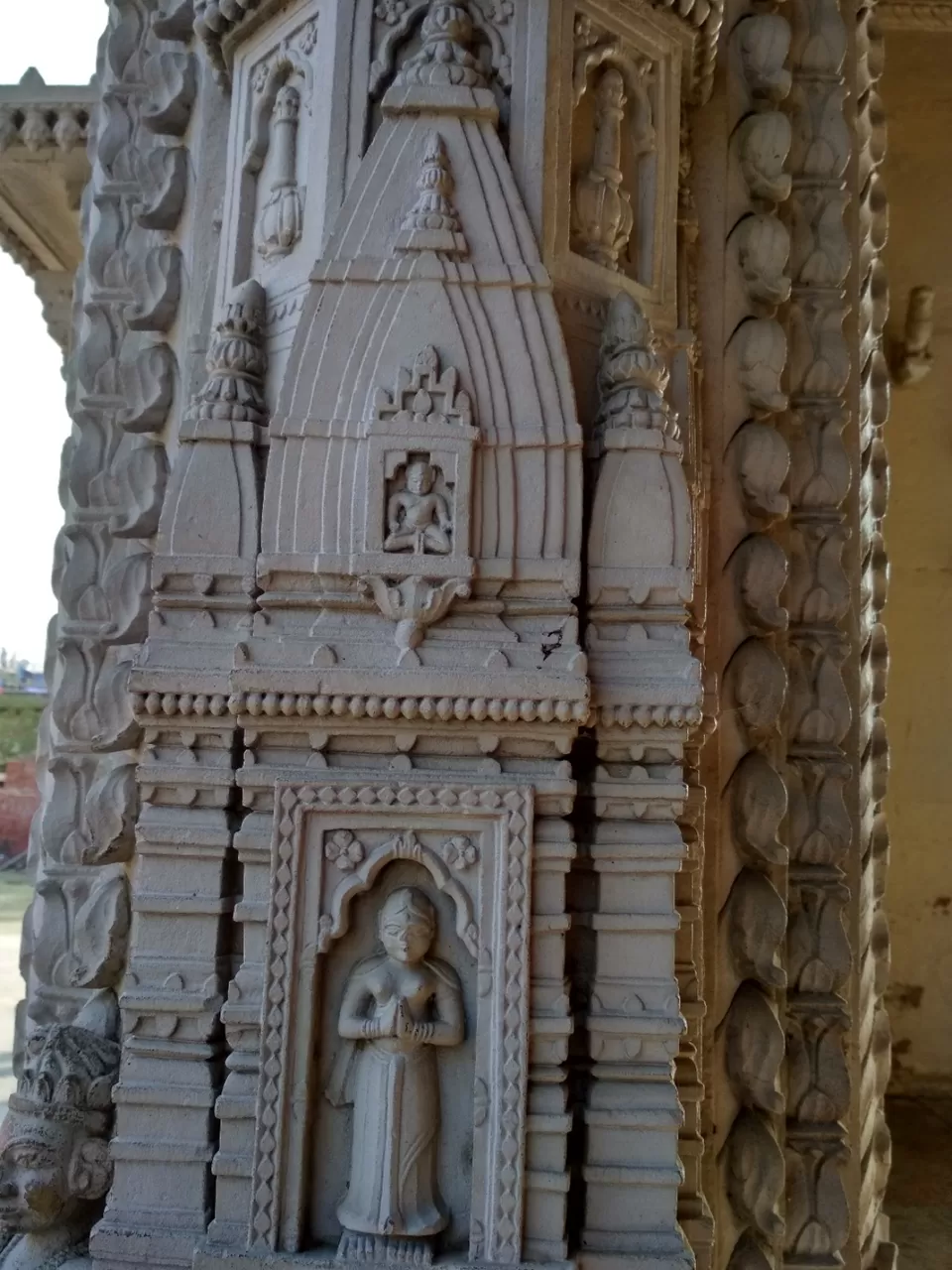
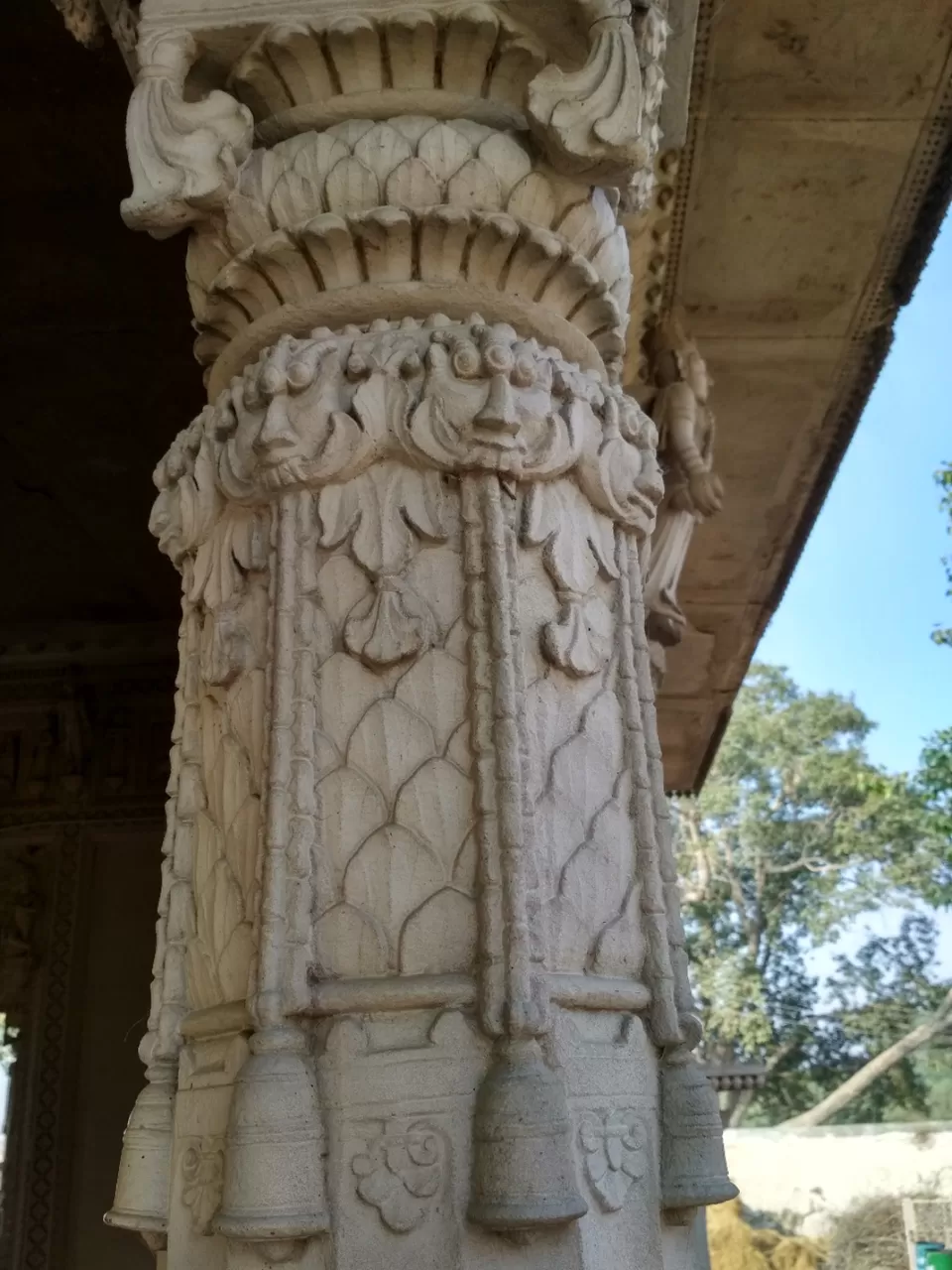
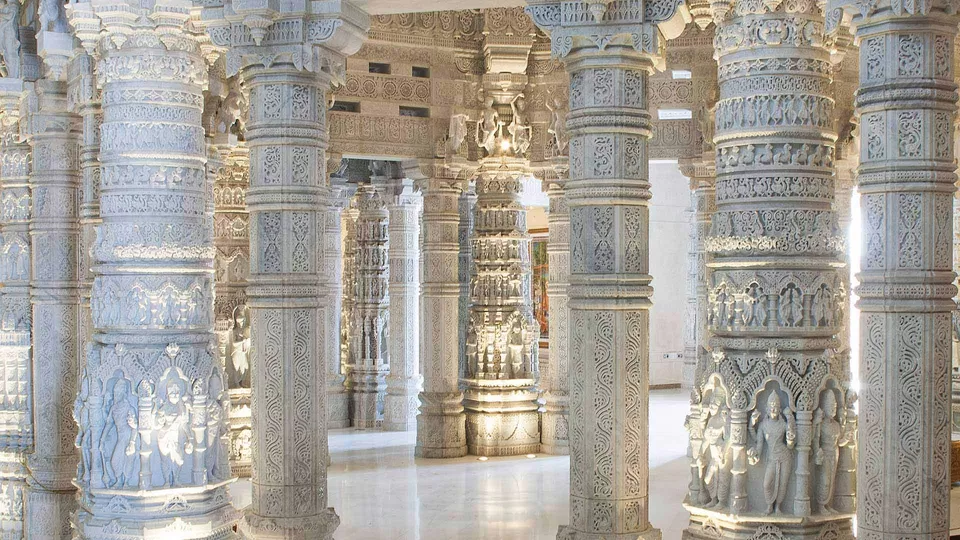
Gangoli Shivalay definitely has an upper hand when it comes to the depiction of scenes and Deities in Hindu Mythology. Where it lacks the grandeur of Akshardham, it makes up with the culture and beauty. While at Akshardham only the main temple has the dashavatar carved on a few pillars, one can find the Dashavatar carved on the frames of the walls and the doors of Gangoli Shivala, rendering a synchronization to the architecture.
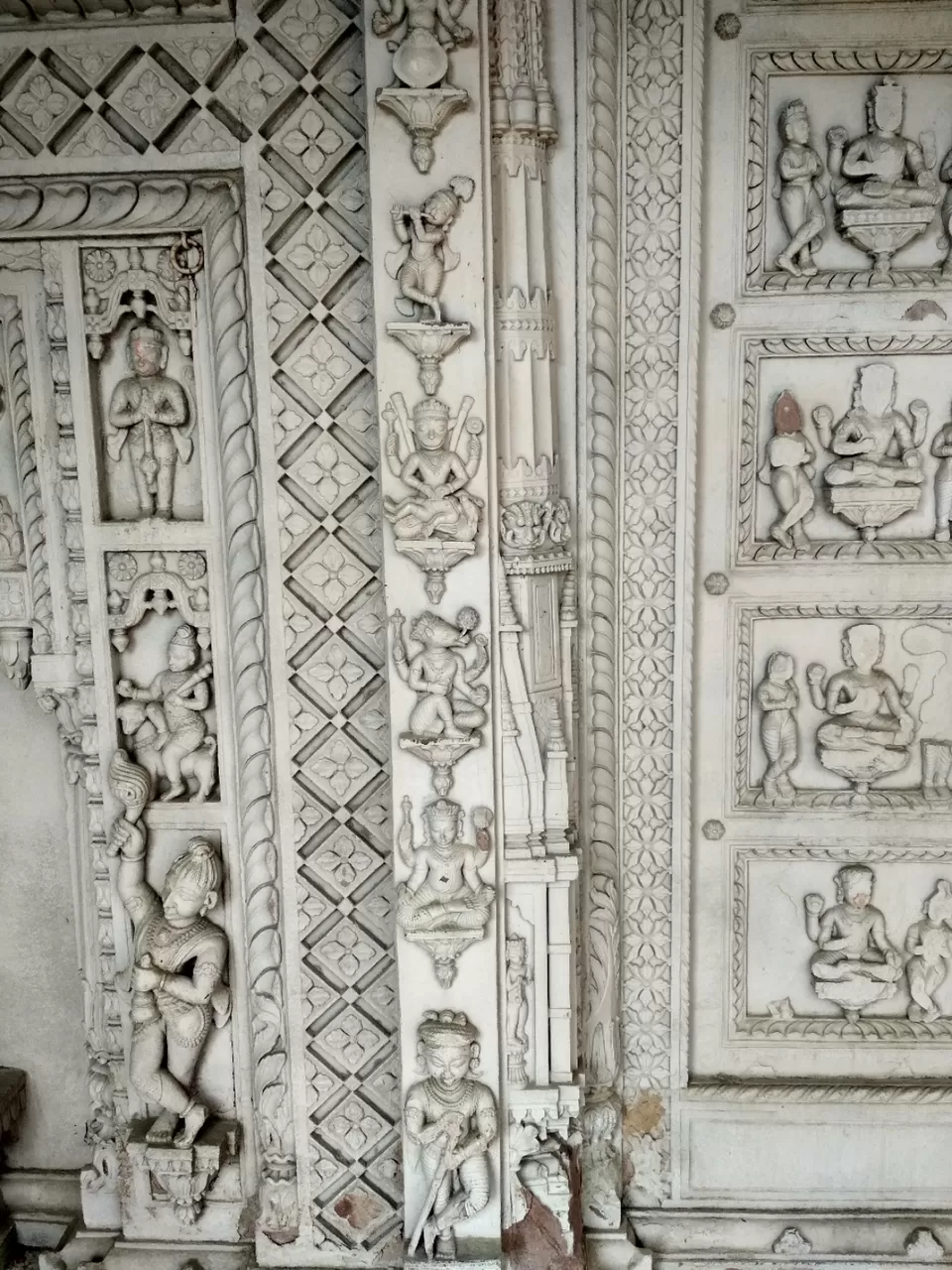
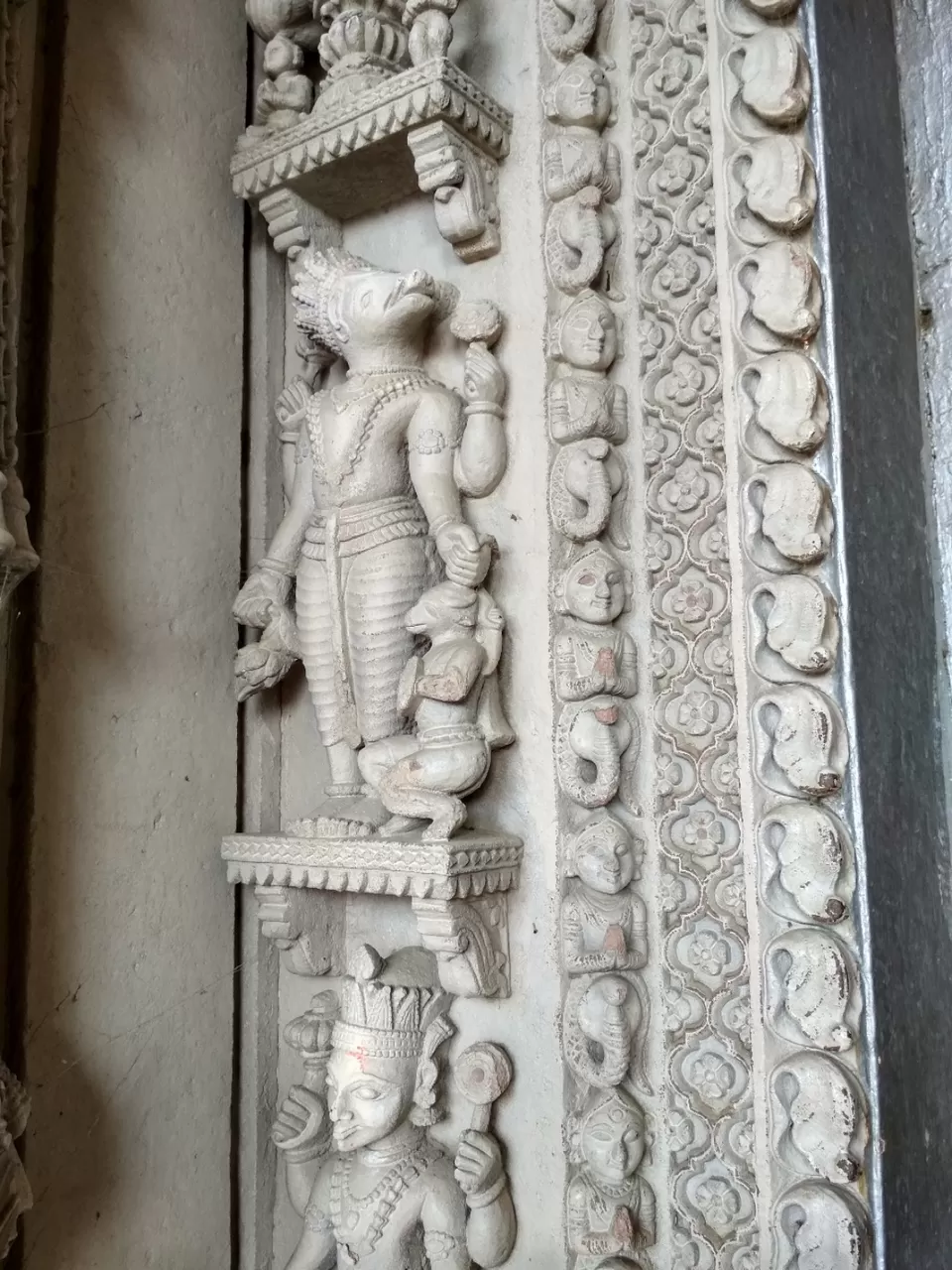
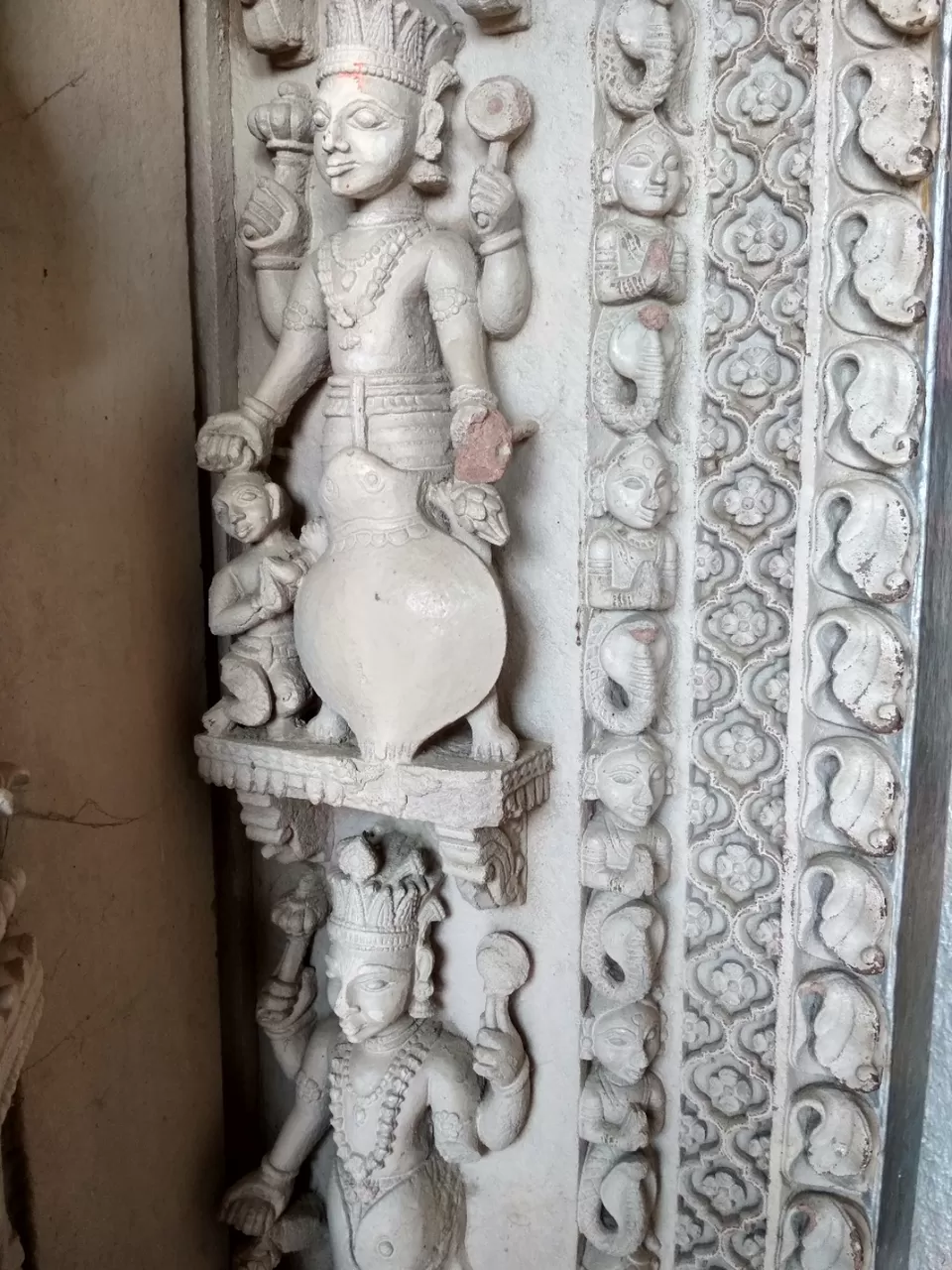
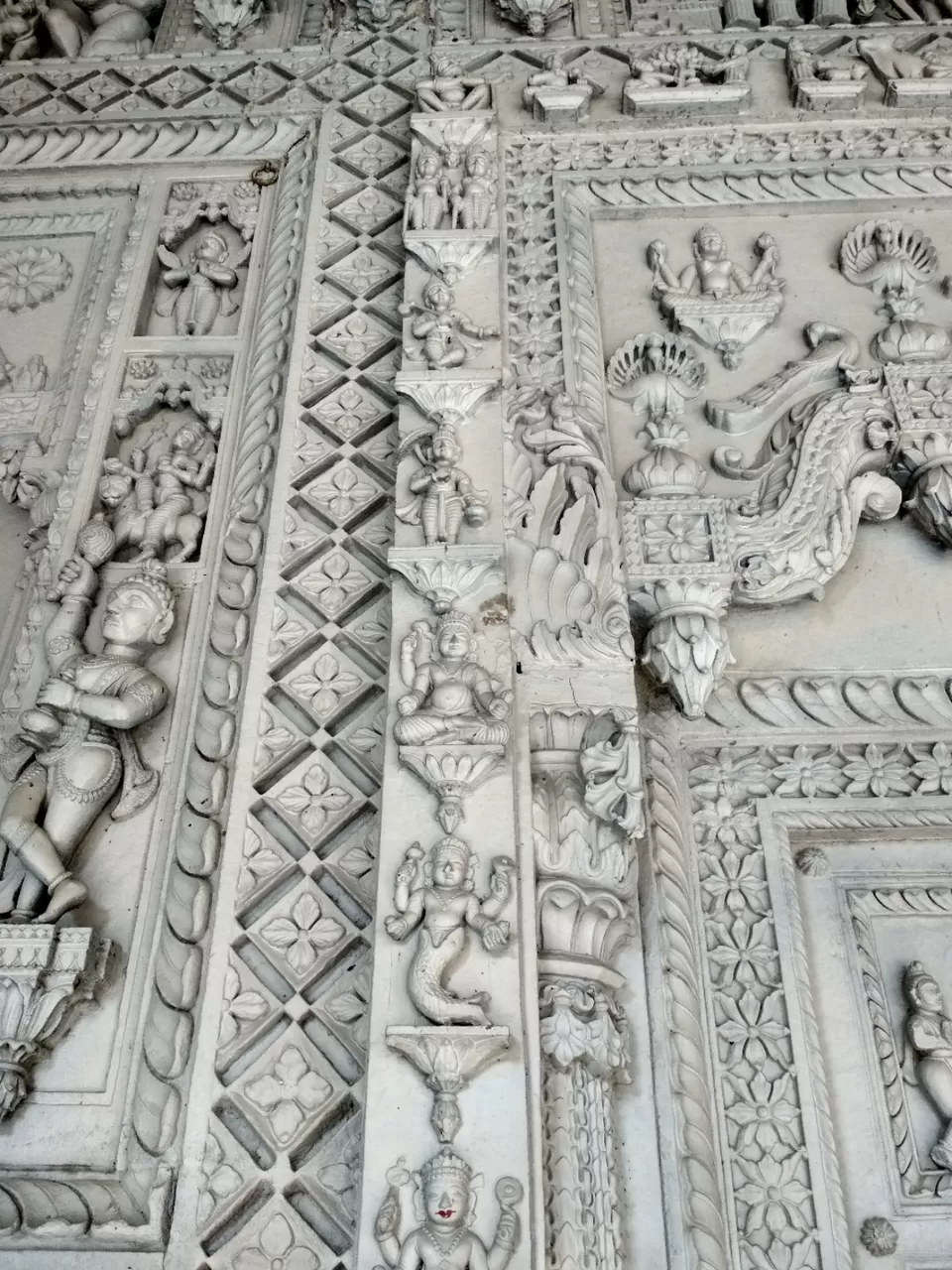
The outer walls have idols of Goddess Ganga, god Balram, bird-god Garun and many other demigods from Hindu mythology that are not as popular as the holy Trinity. Each wall has a number of gods and demigods carved on them. One can definitely have a deeper insight into the Hindu godship at this Temple.
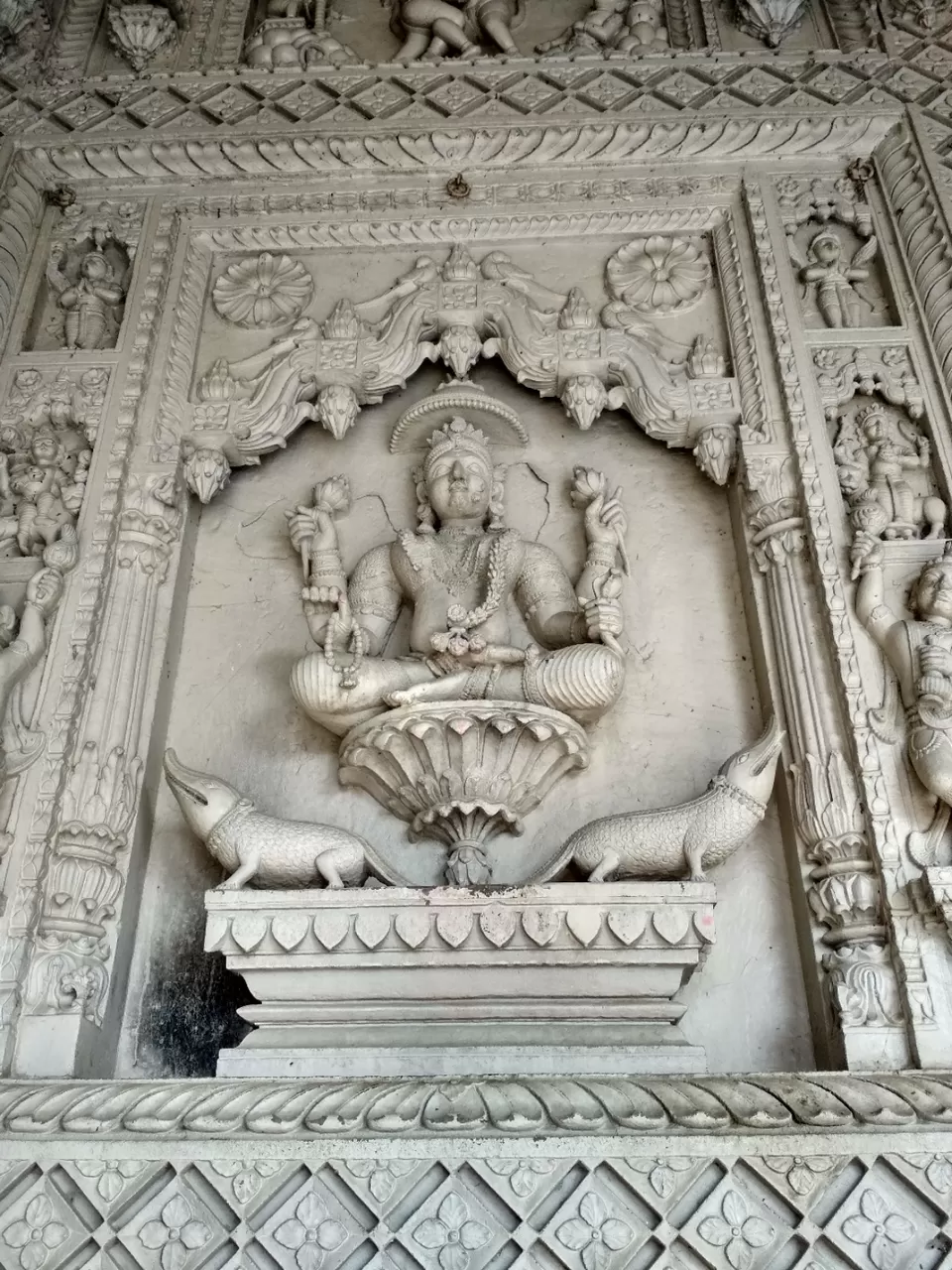
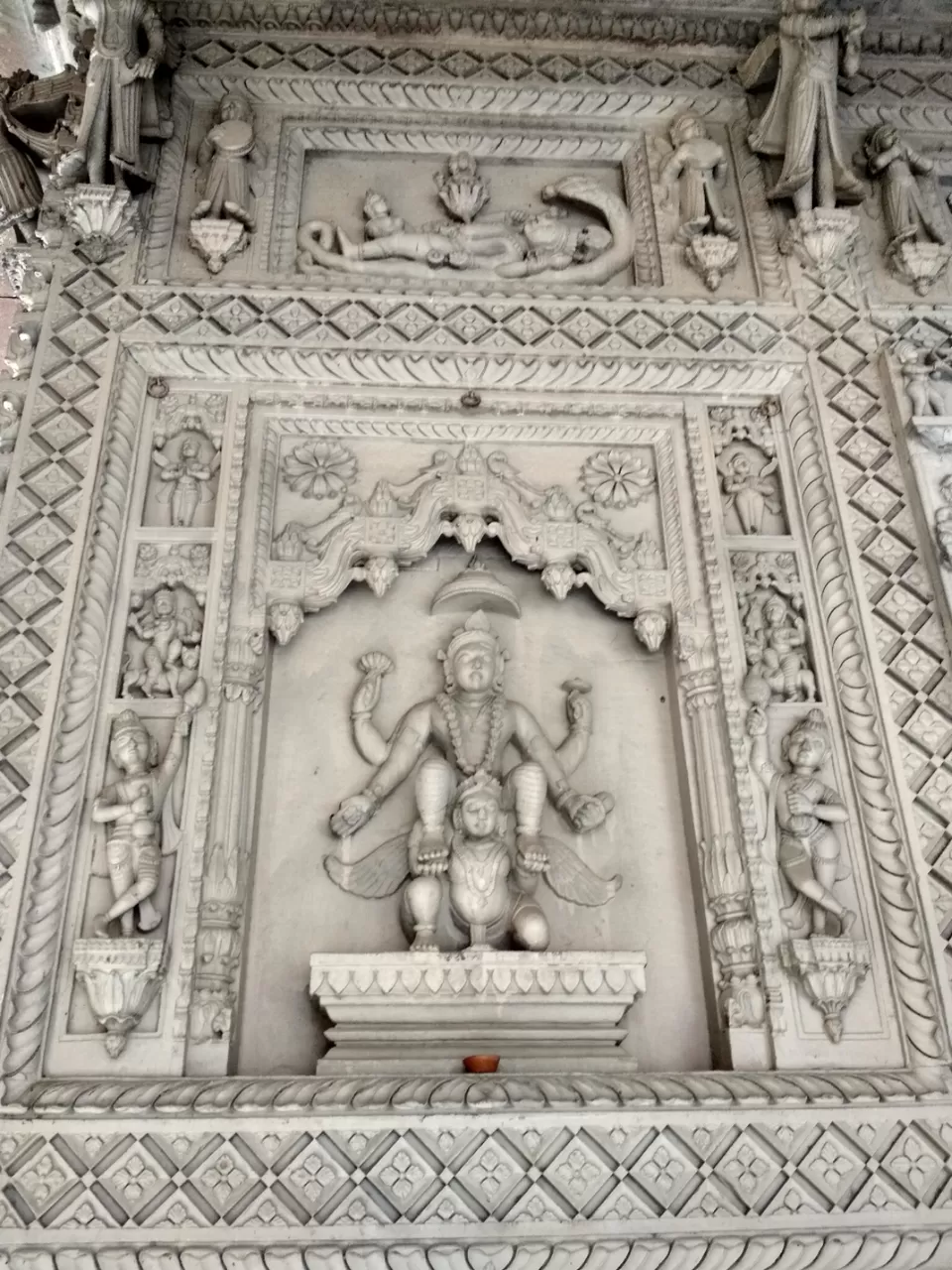
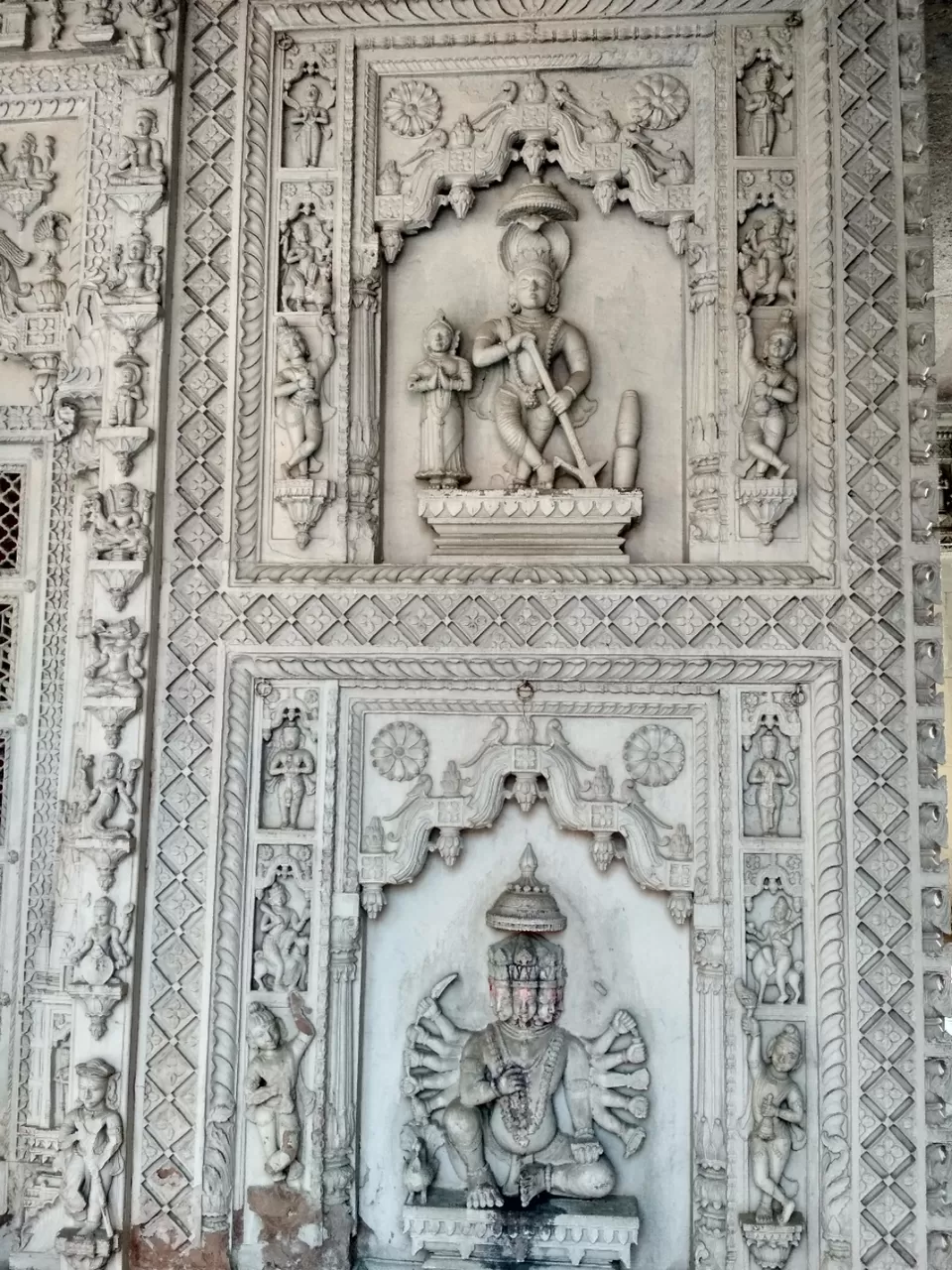
What enchanted me particularly are the scenes from various Indian epics, like Bali vadh and Sita Vivah along with the story of Shiv Vivah from Shiv Purana, etched on the sides of the roof. This type of engraving is rarely found in the temples today.
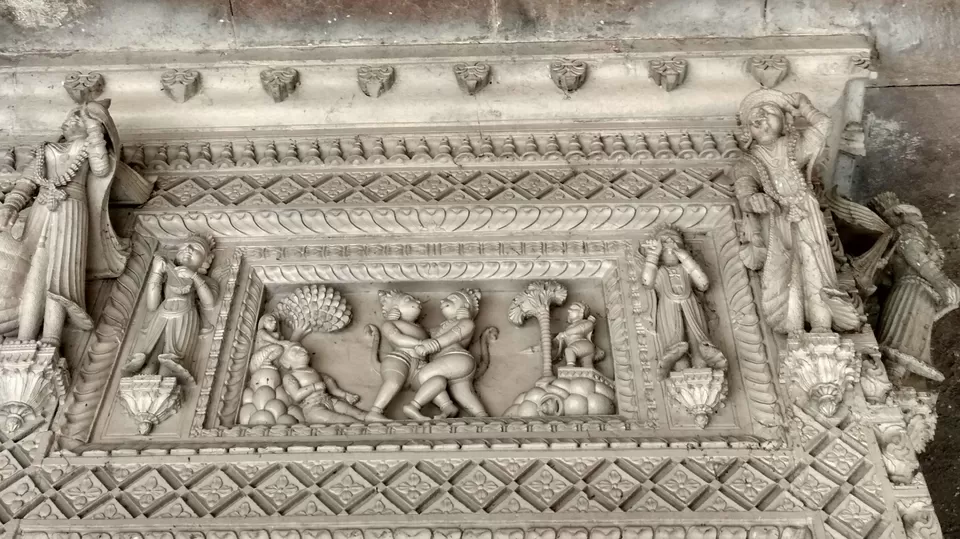
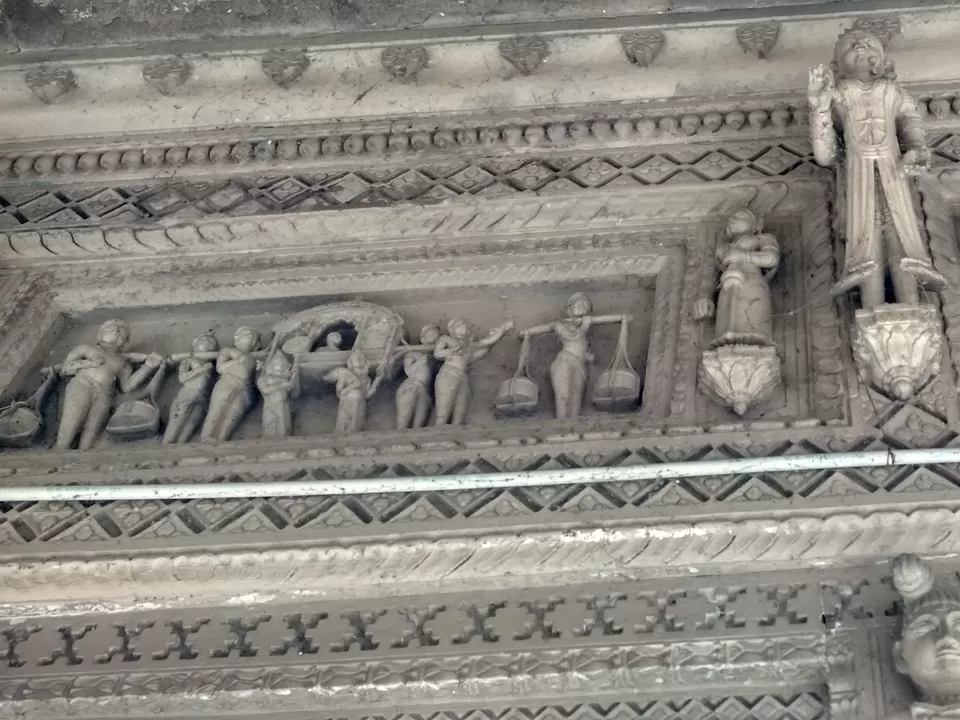
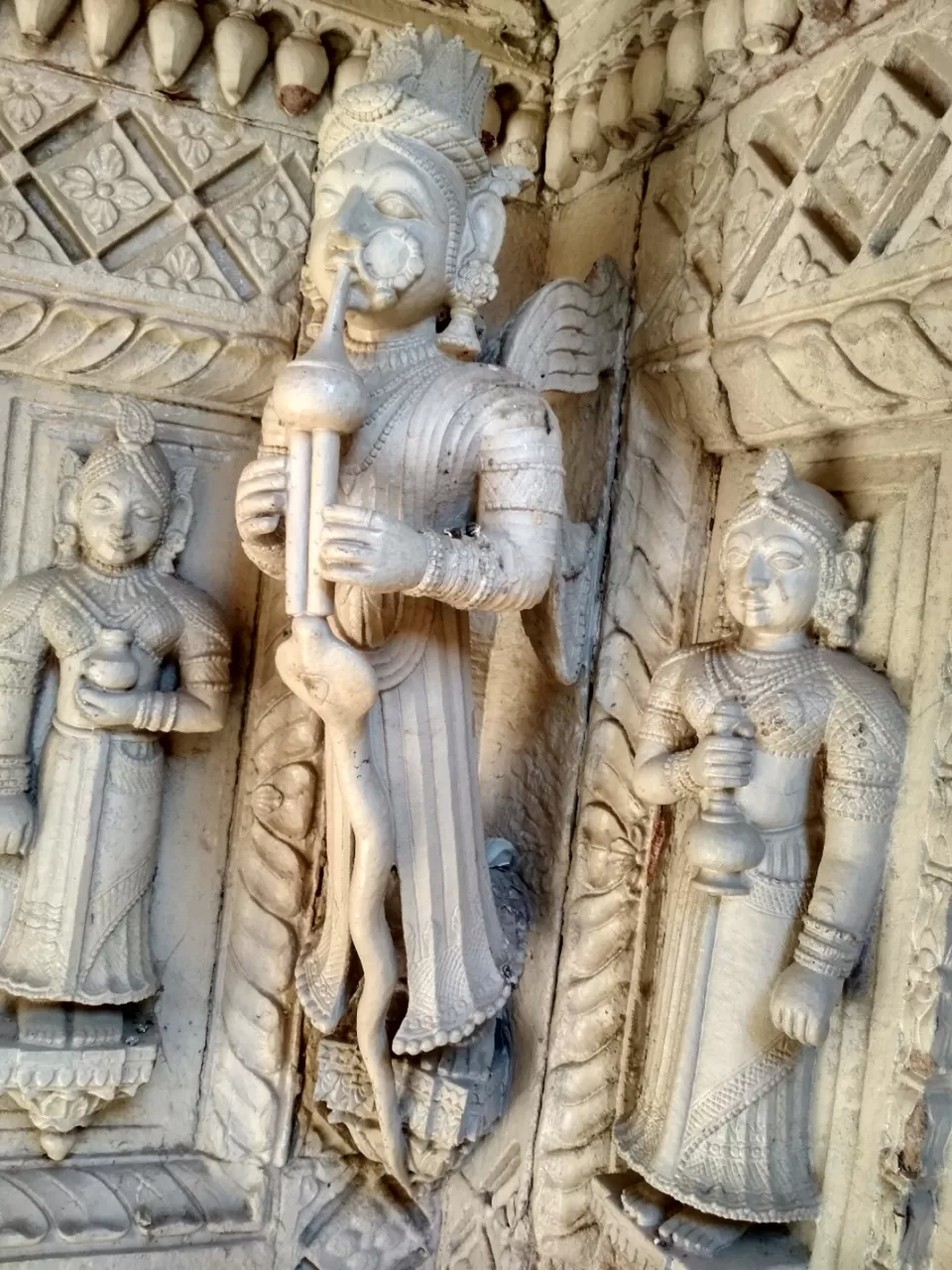
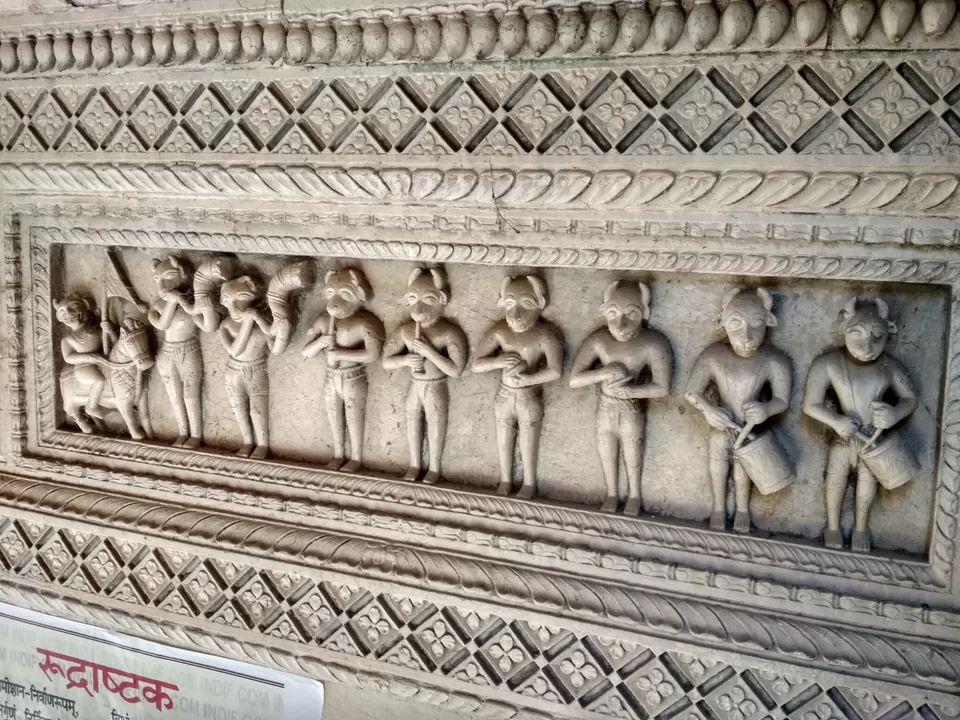
Ardh Kumbh and Mahakumbh are all about Samudra Manthan and its story and that too is depicted on one of the walls of this Temple devoted to Lord Shiva. One can see the demigods and evil rakshas churning from the midst of the sea all the treasures it has to bestow by tying the snake king Vasuki around the Vindhyachal parvat that was held in place by the Kurma Avatar of Lord Vishnu.
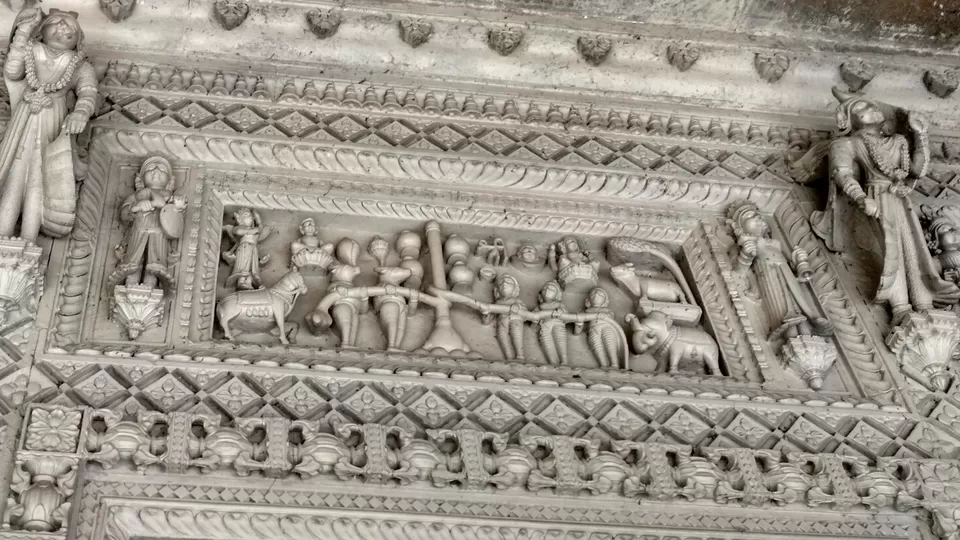
The place is easily accessible and identifiable after being painted with these elaborate graffitis.
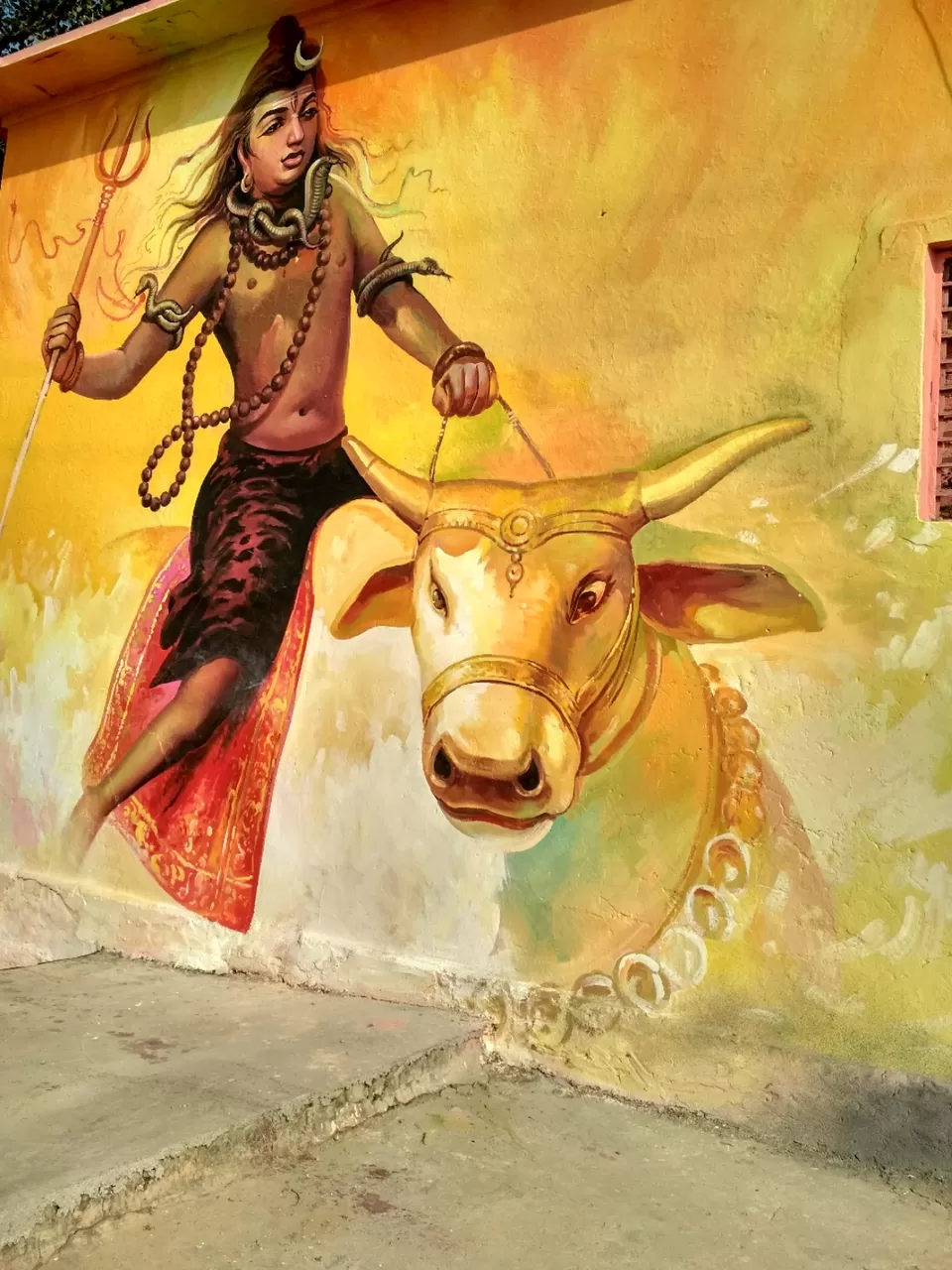
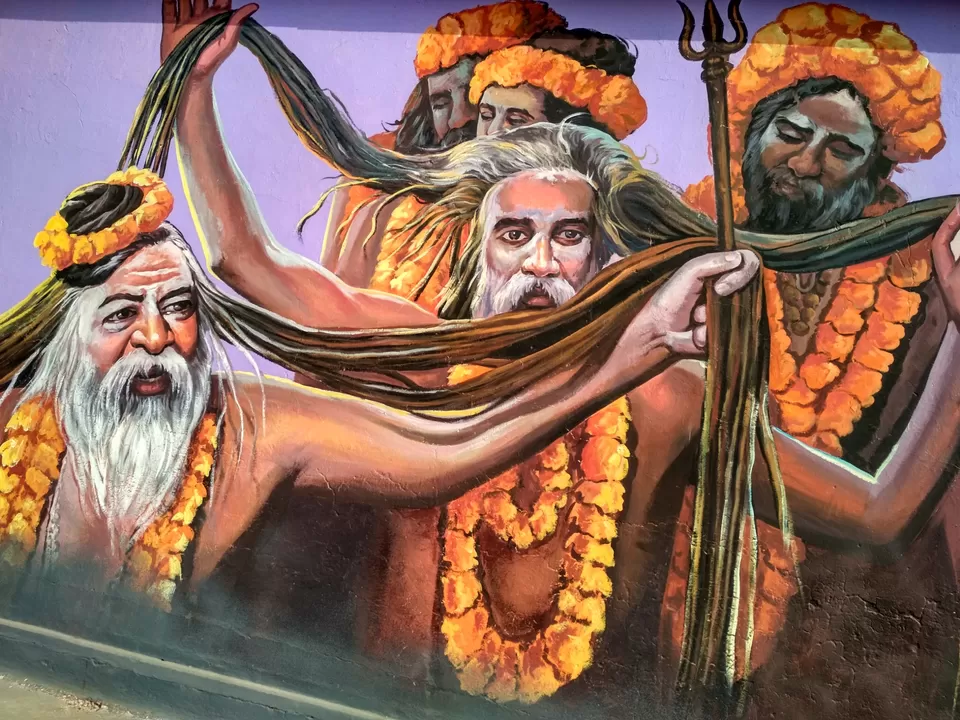
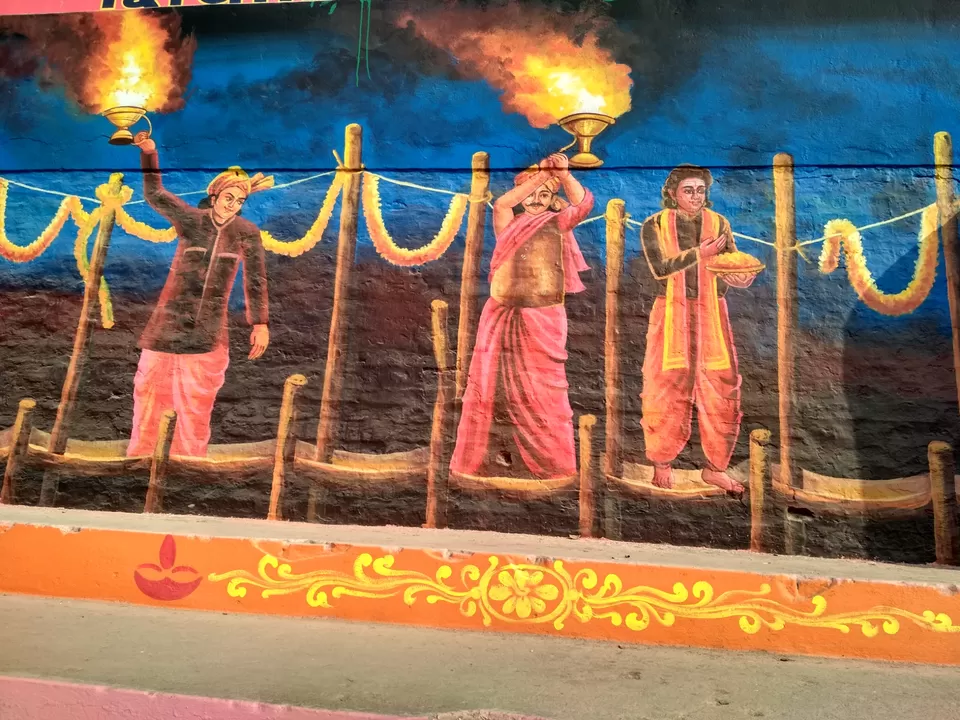
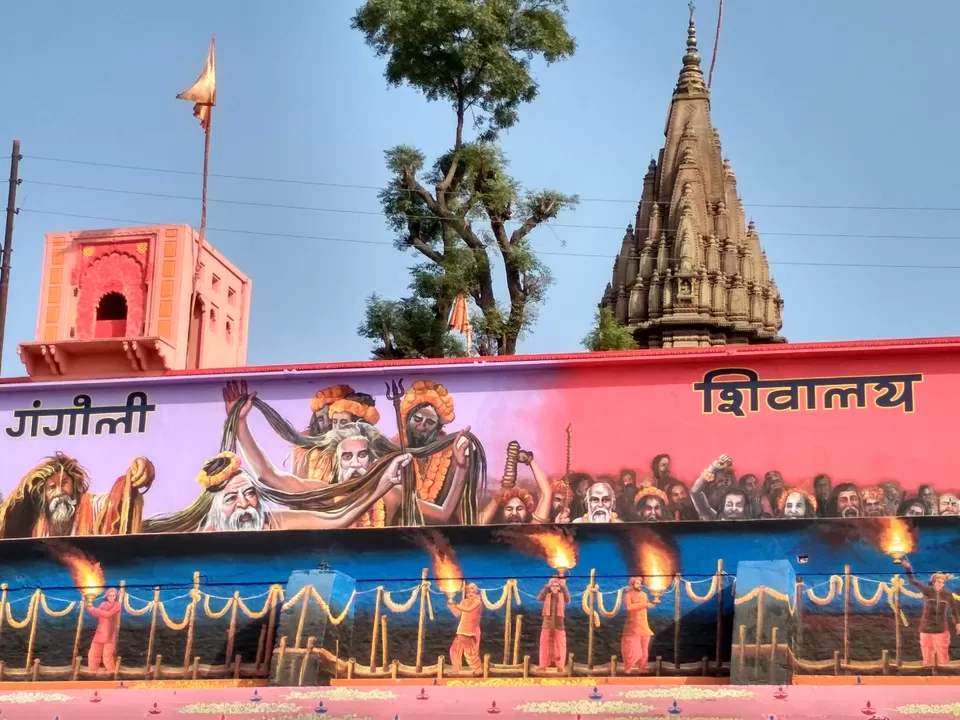
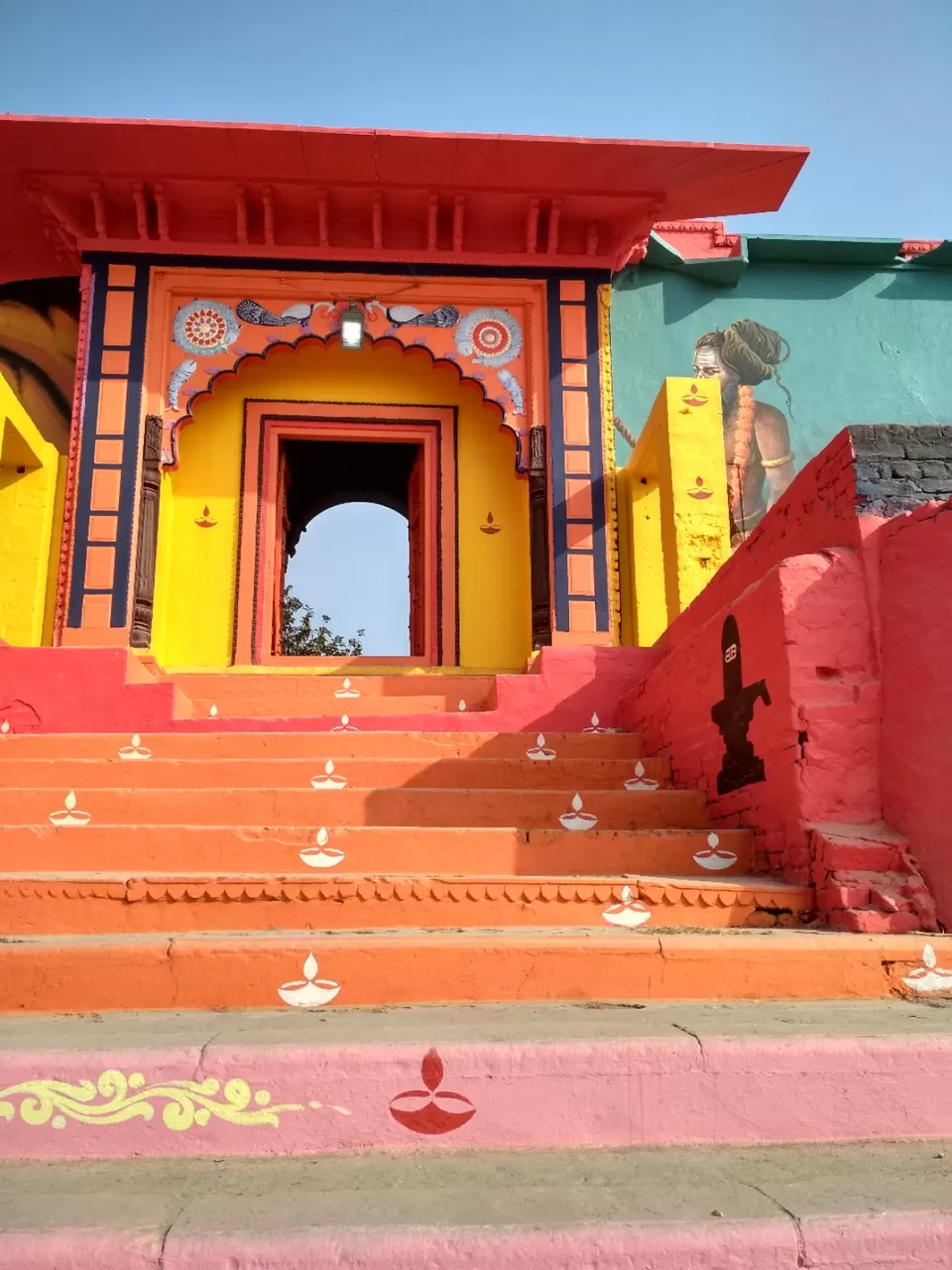
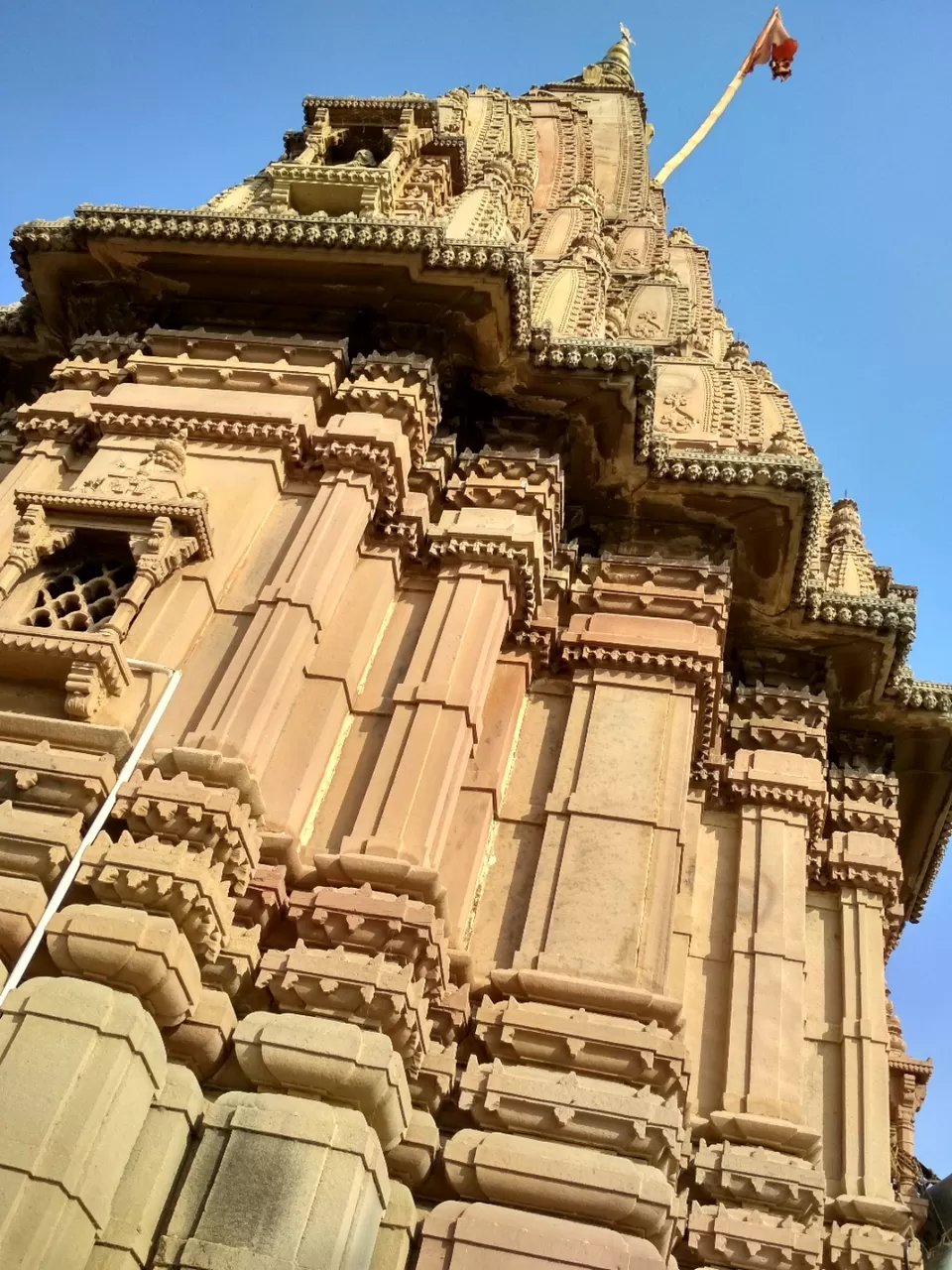
The principal deity in the temple is Lord Shiva. The architecture around the garbh grih here adds to the overall mysticism of this Temple. The temple is rich in the quintessential Hindu architectural designs and one is left wondering why this gem has laid hidden without any recognition.
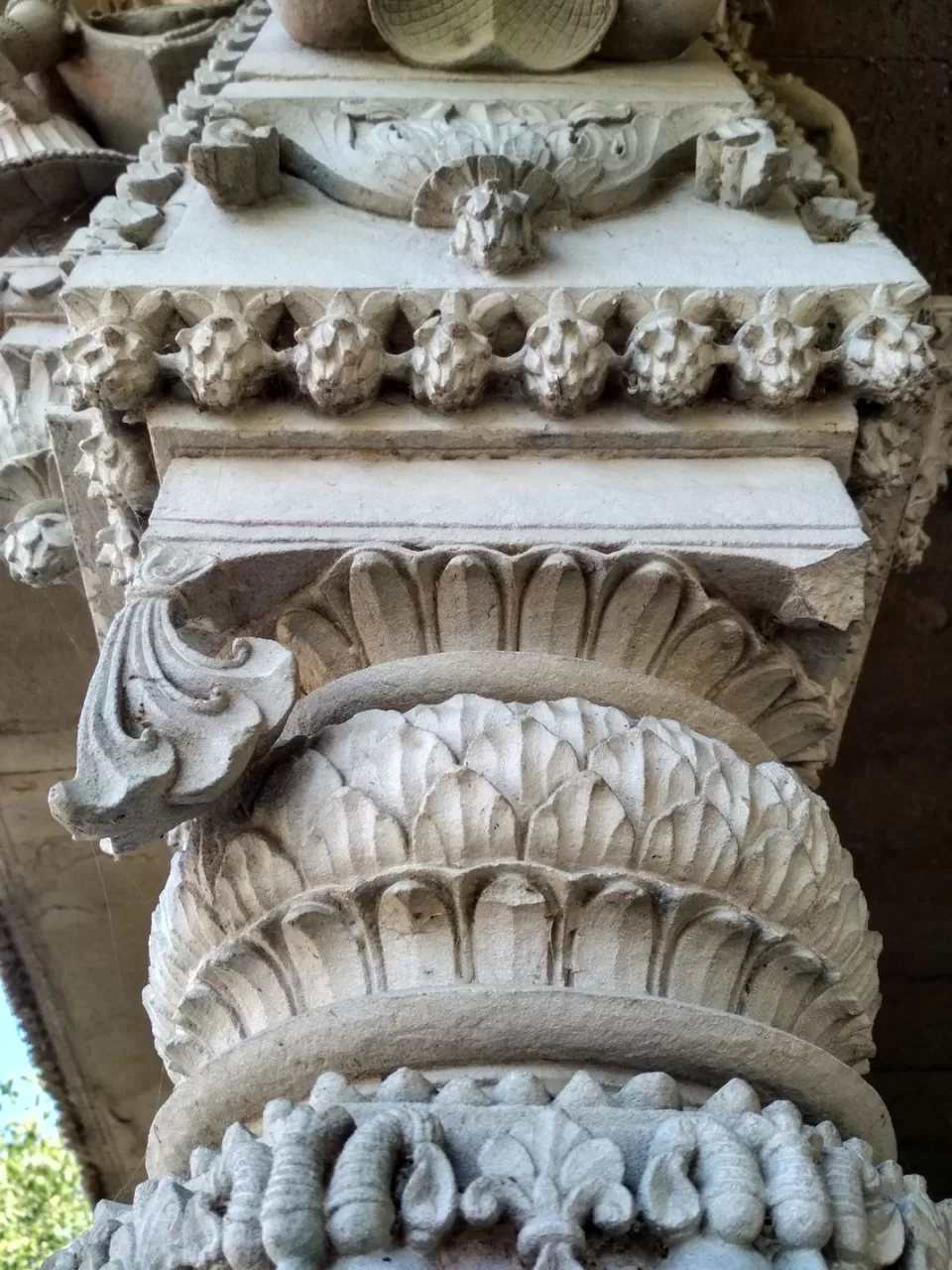
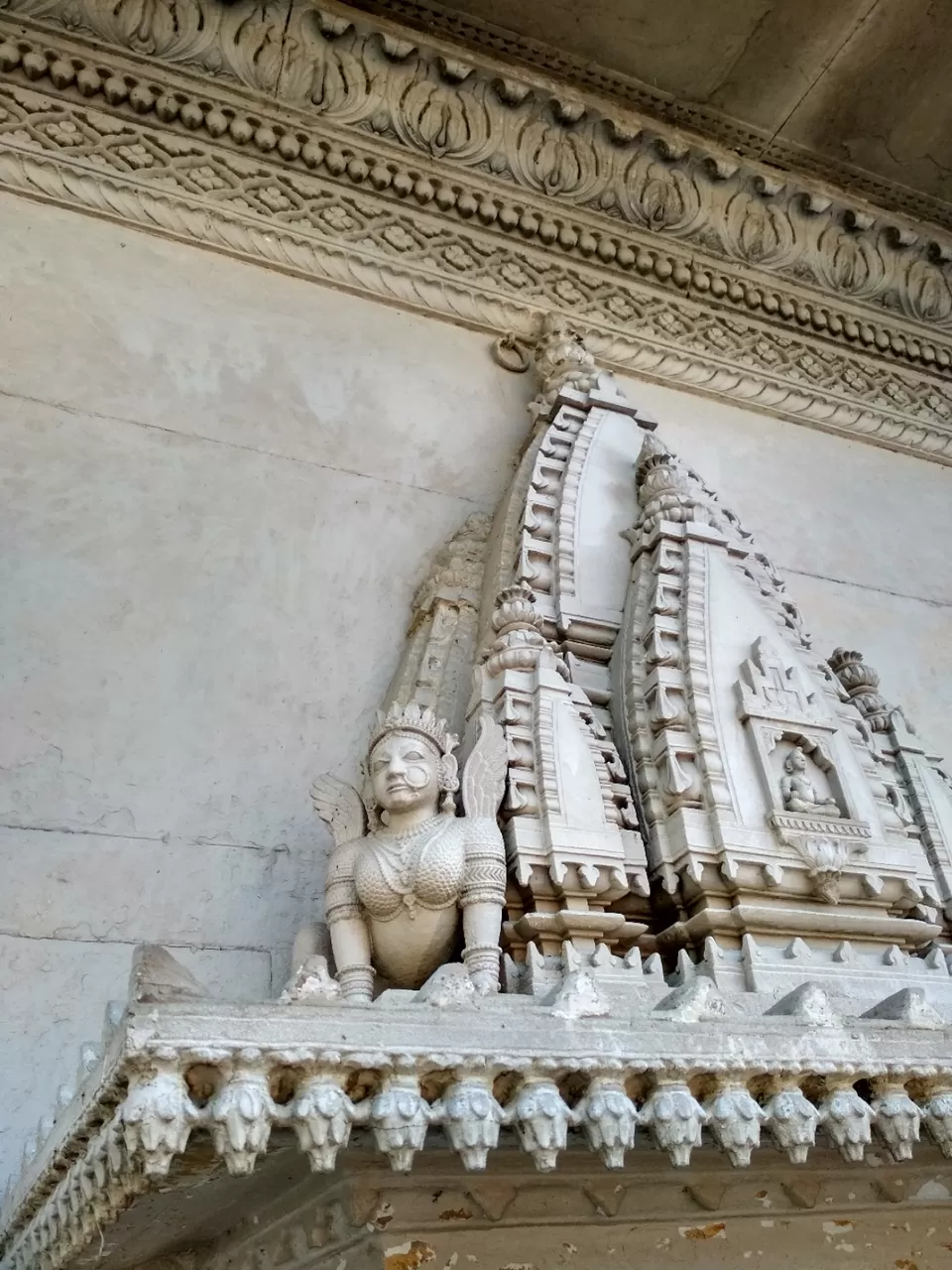
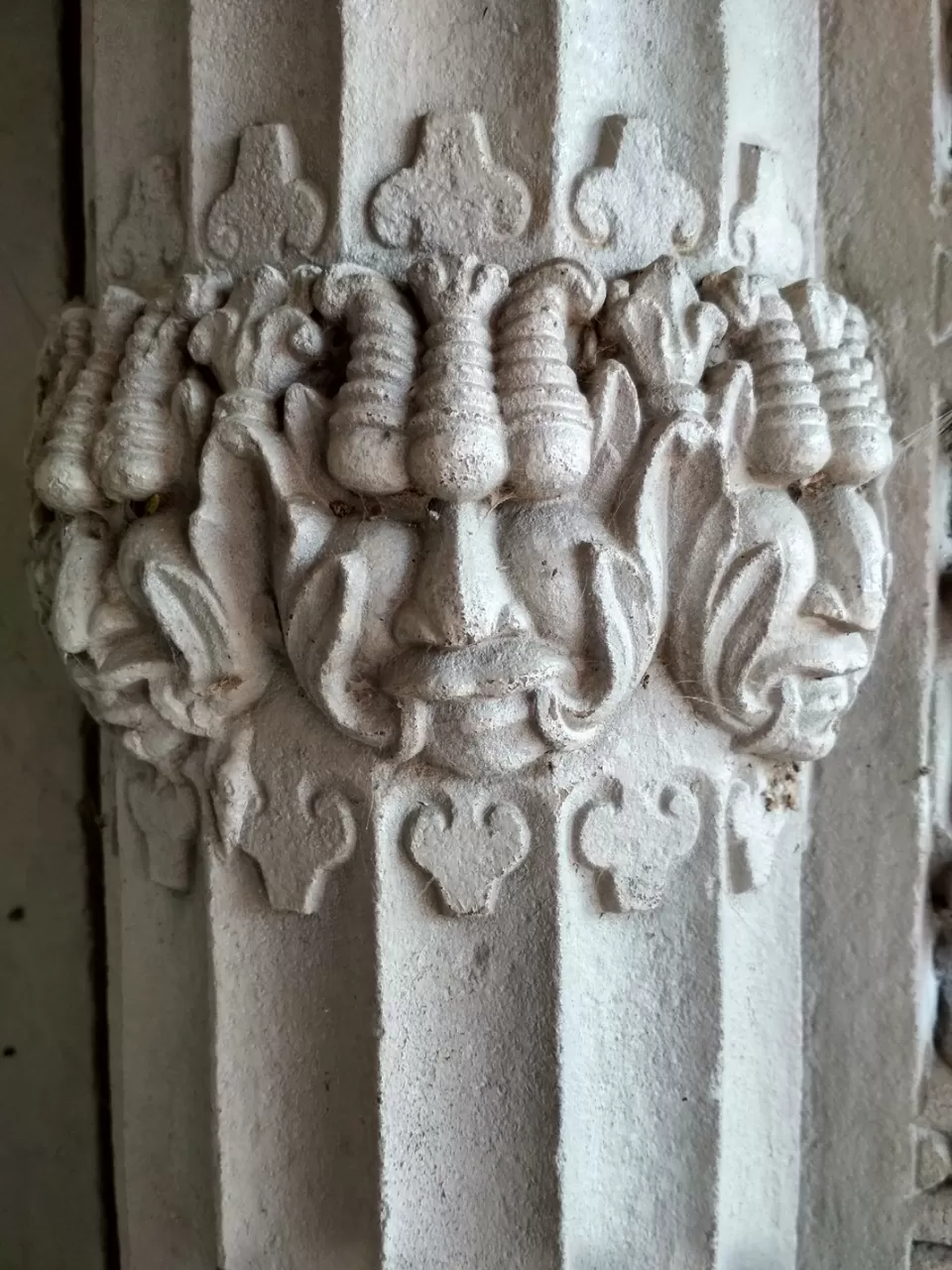
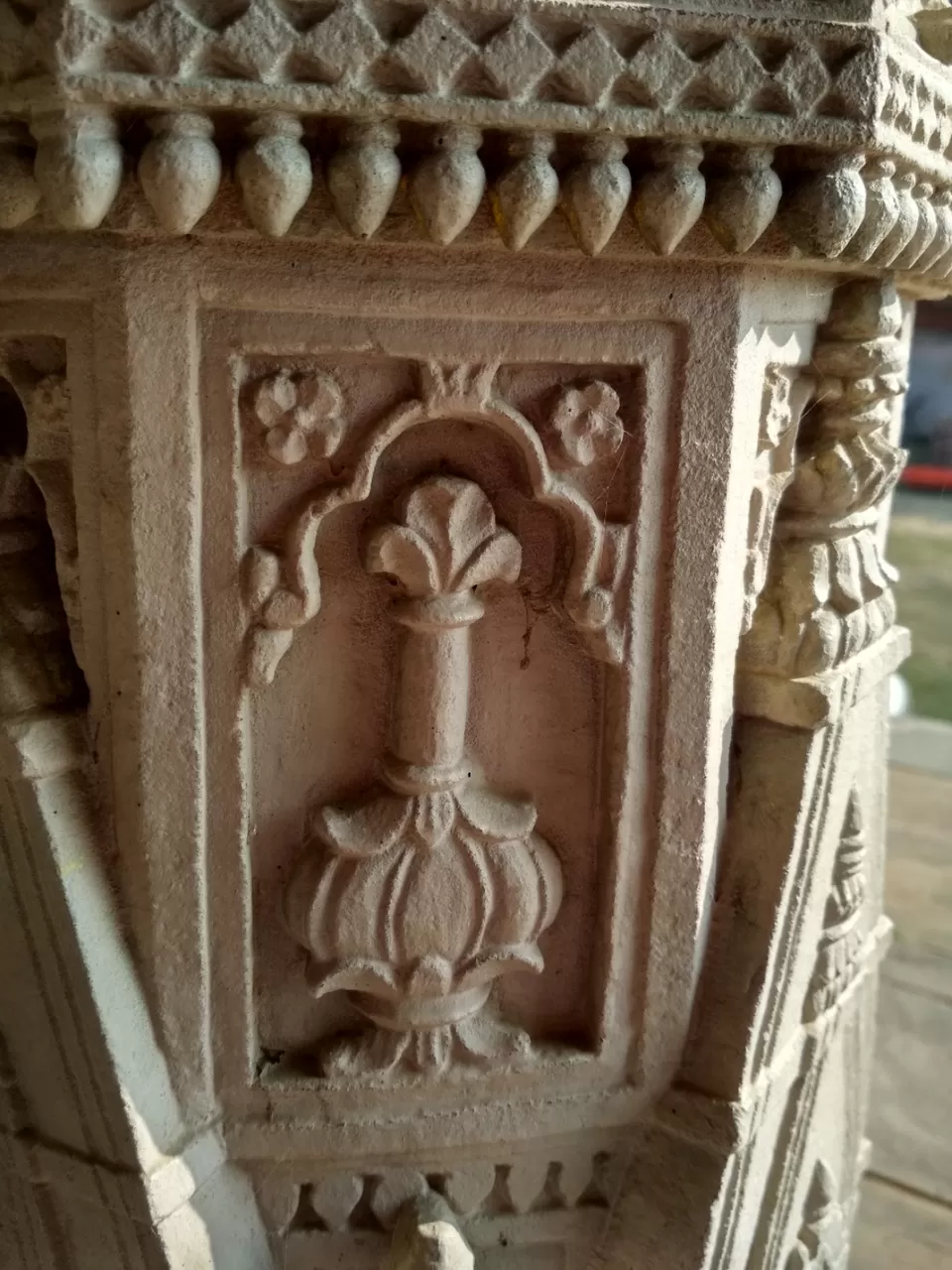
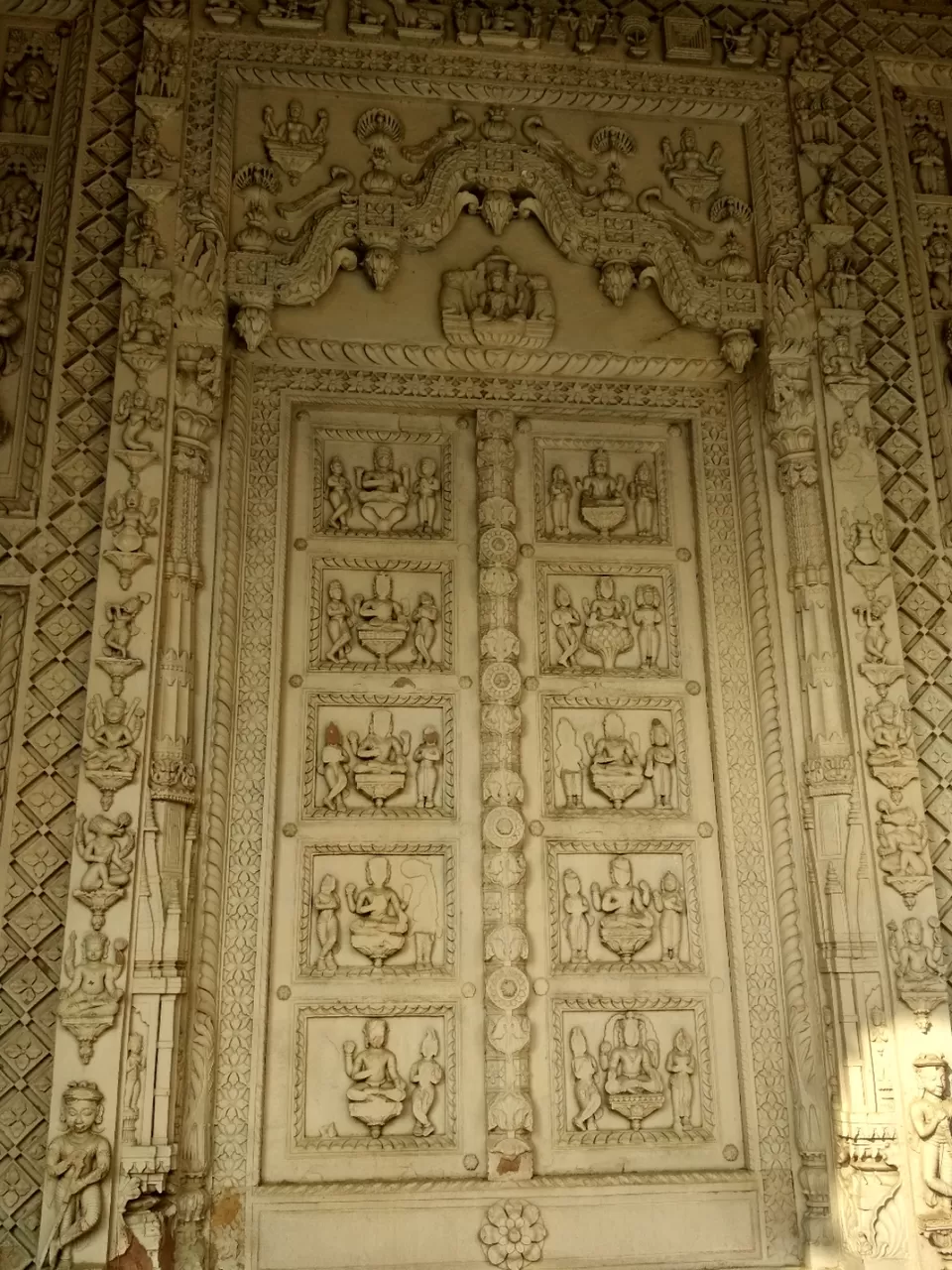
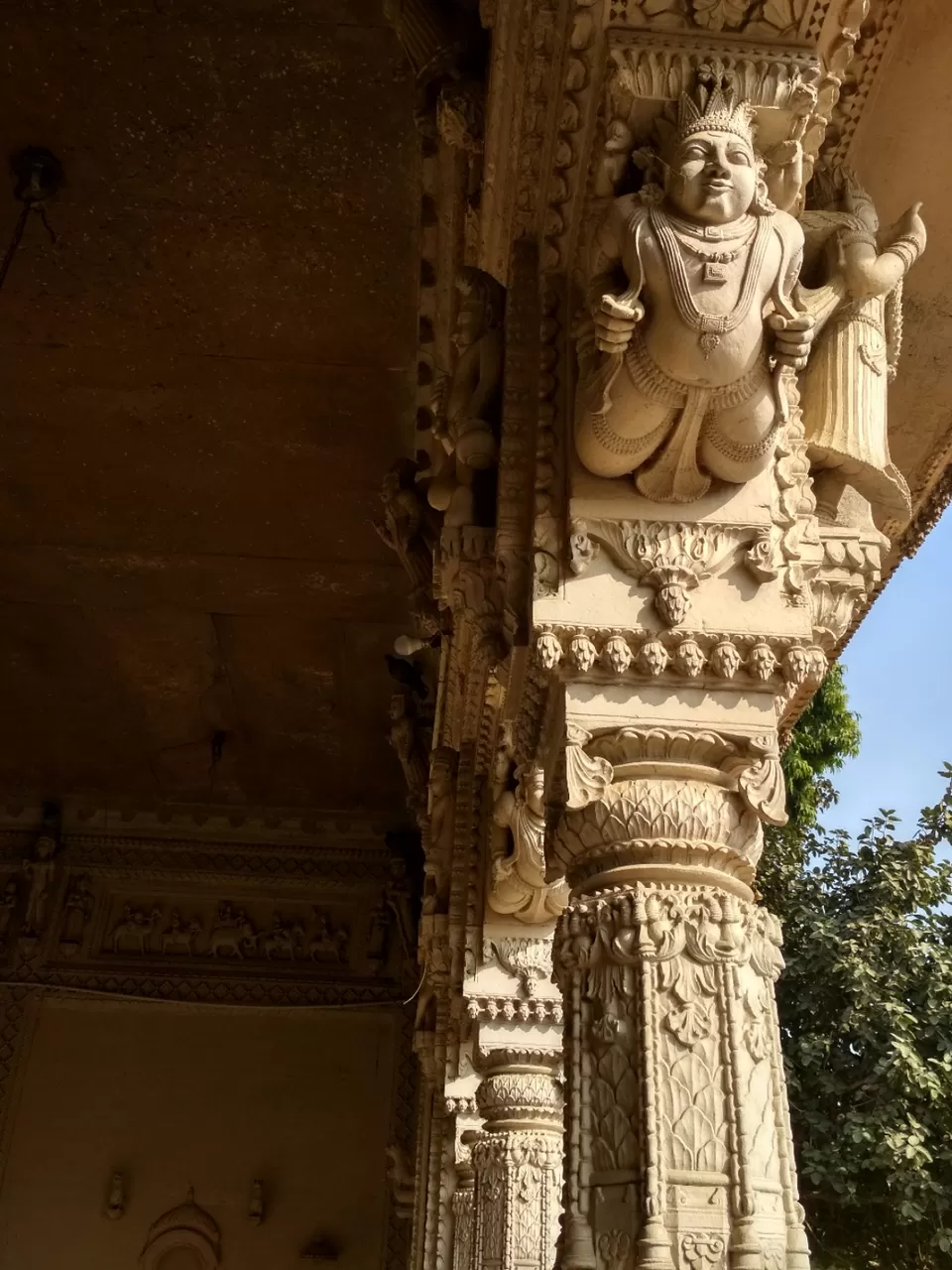
Bespectacled_adventurer
© Nishtha Mishra, 2019

